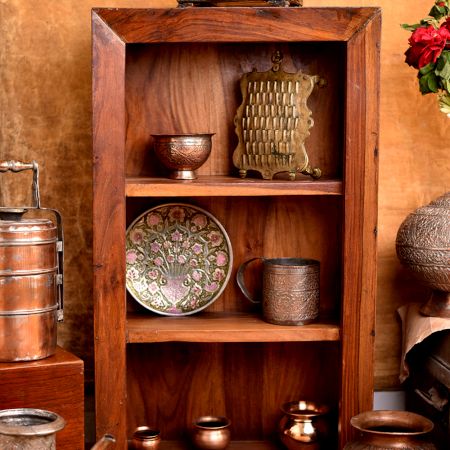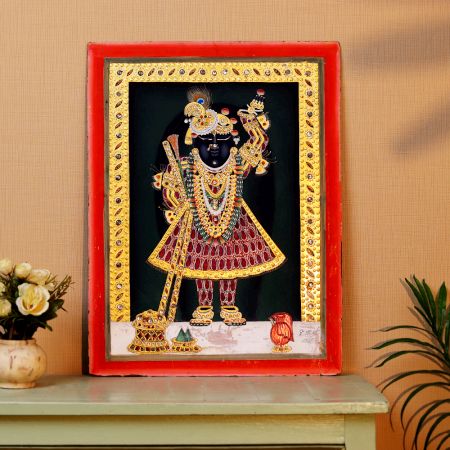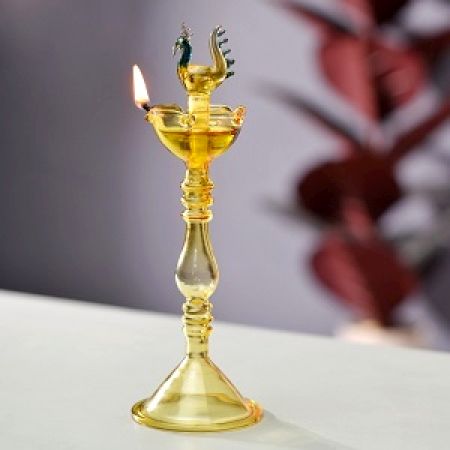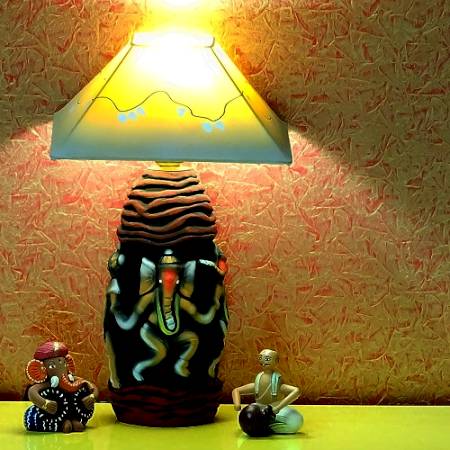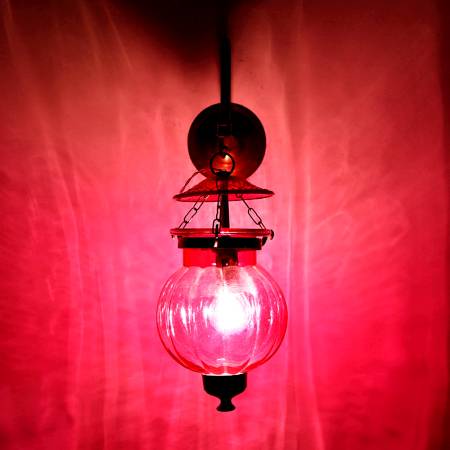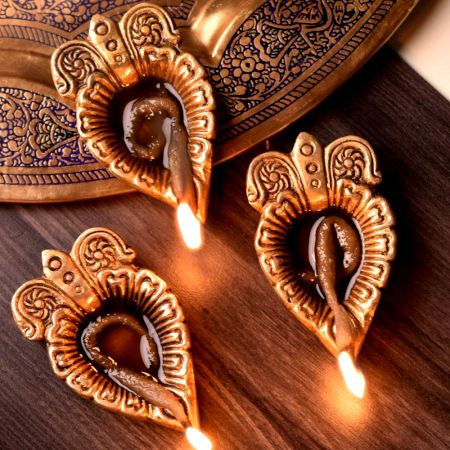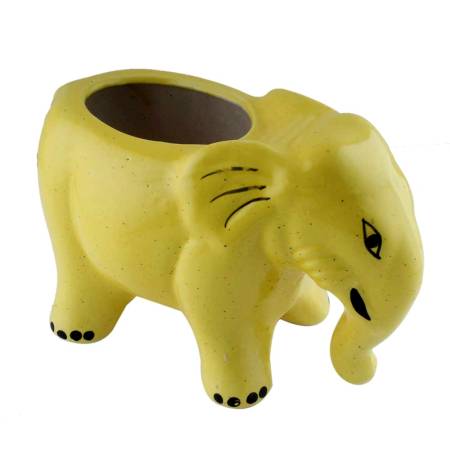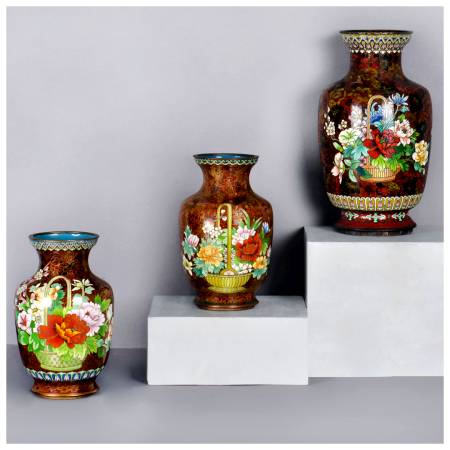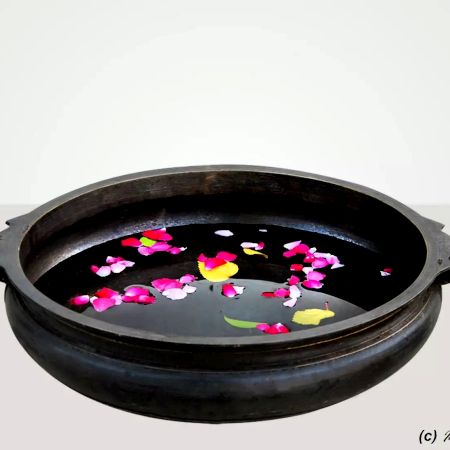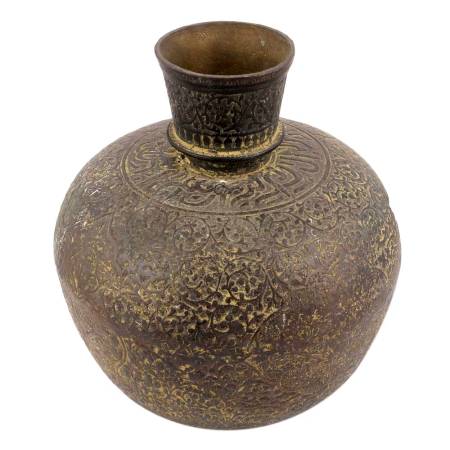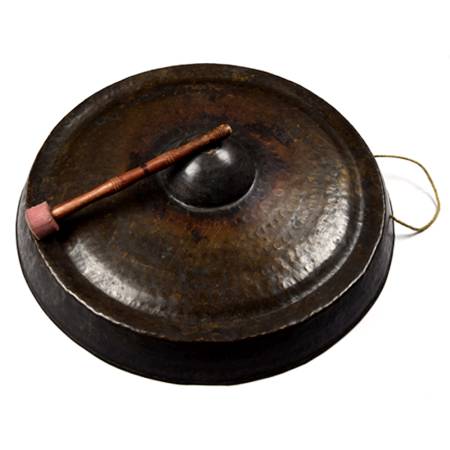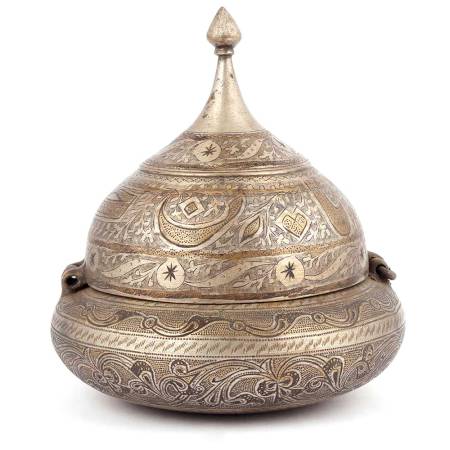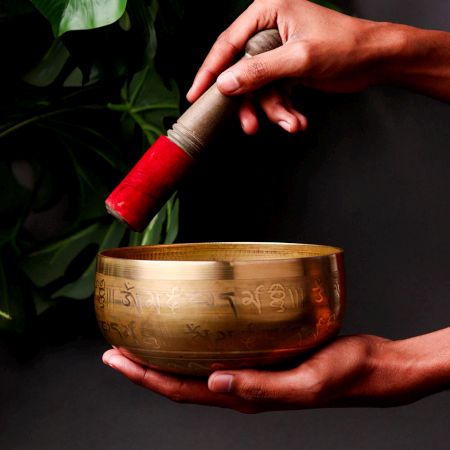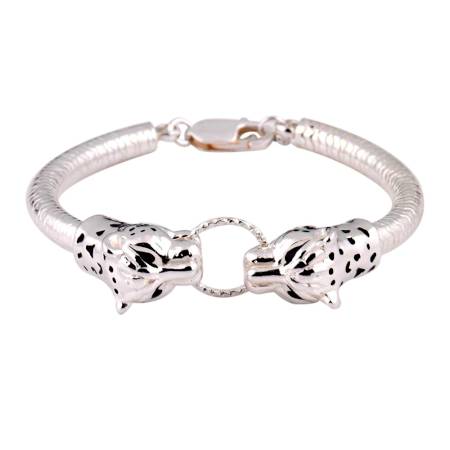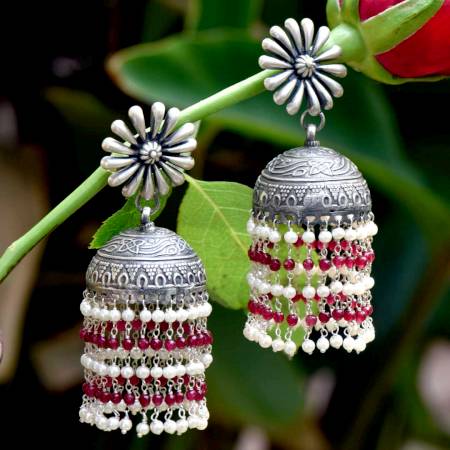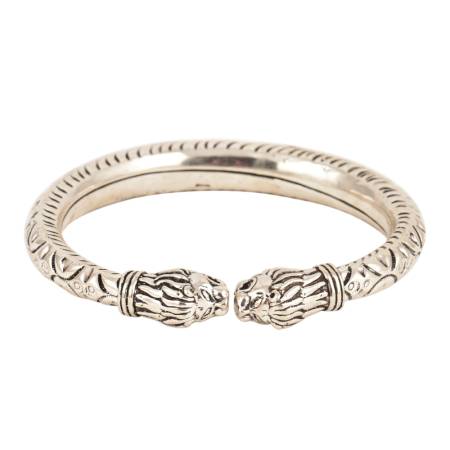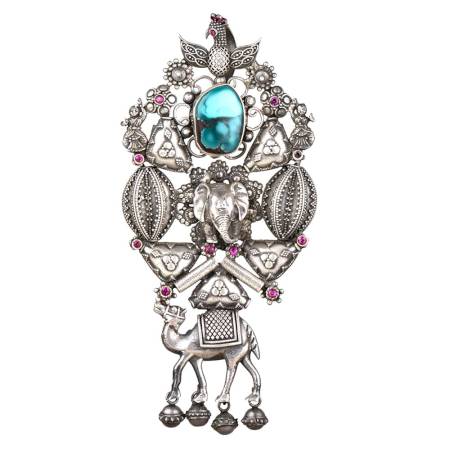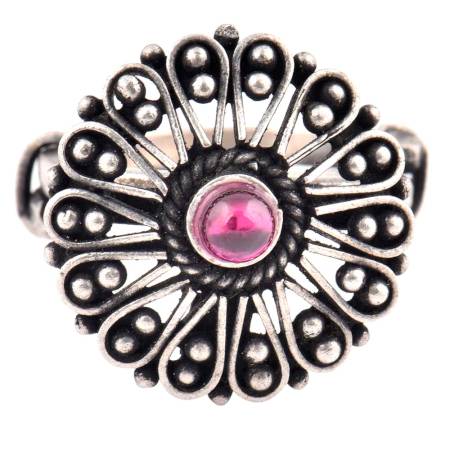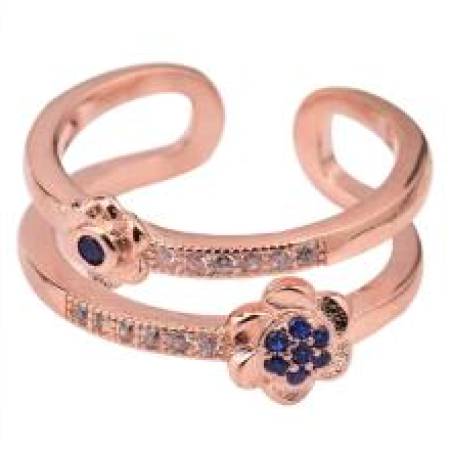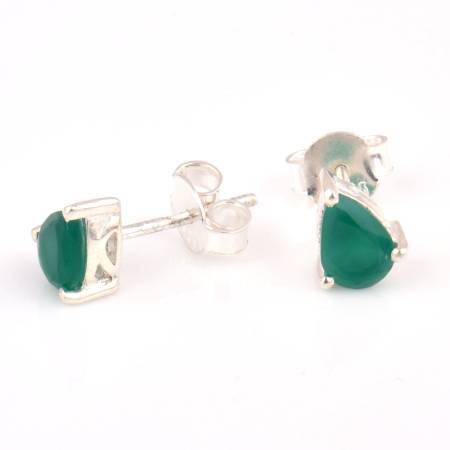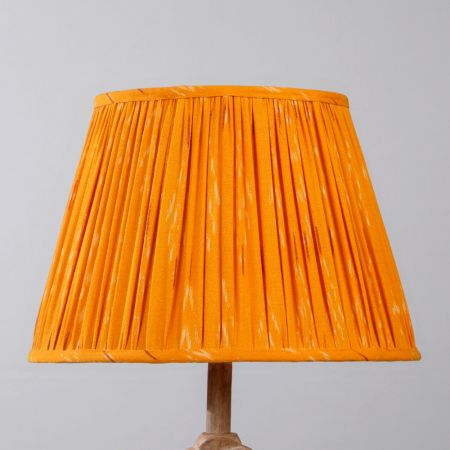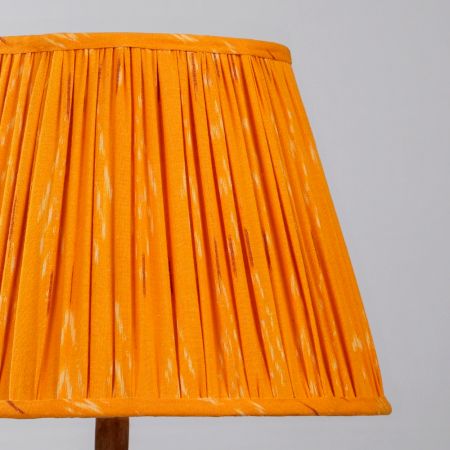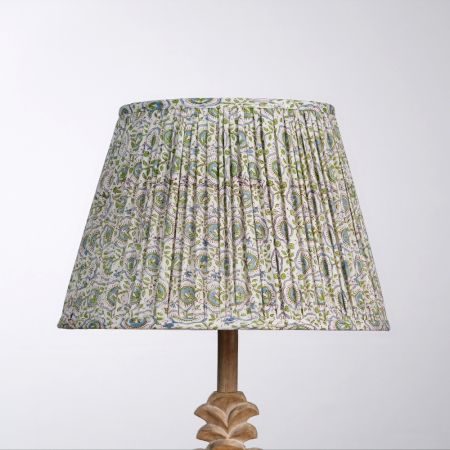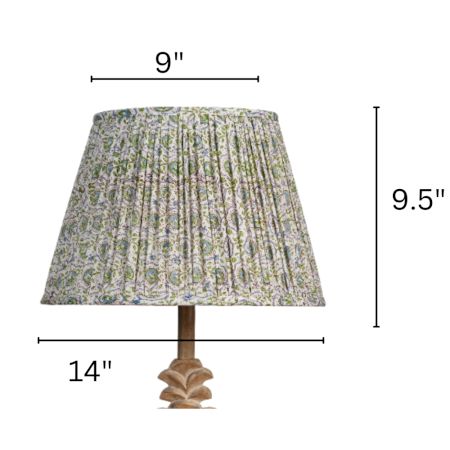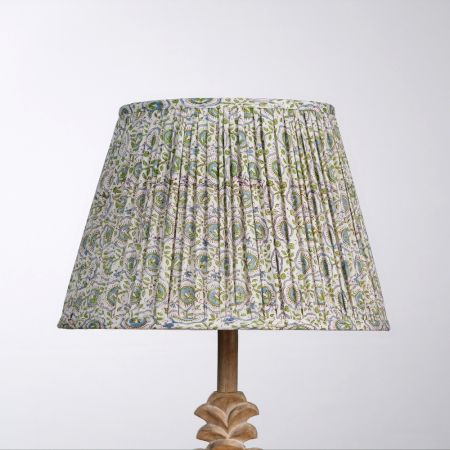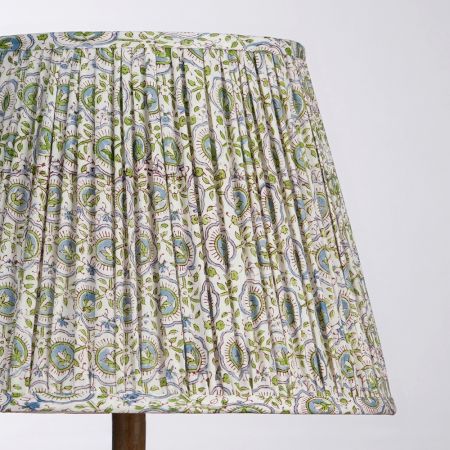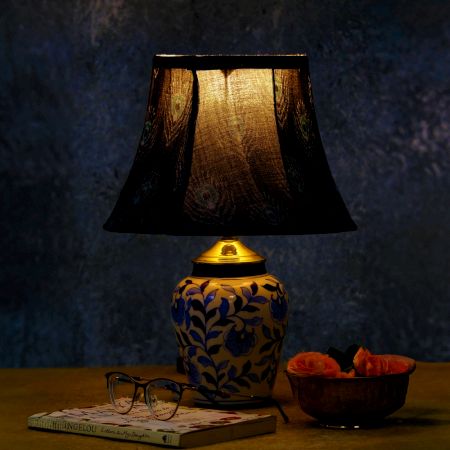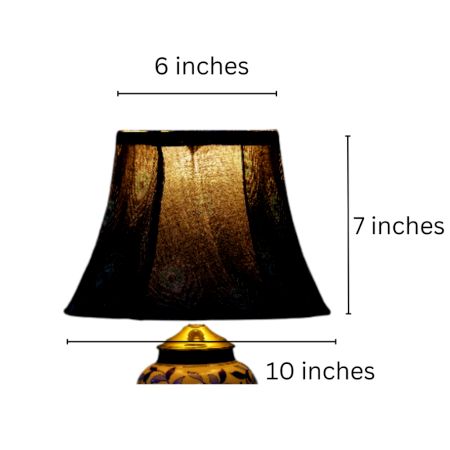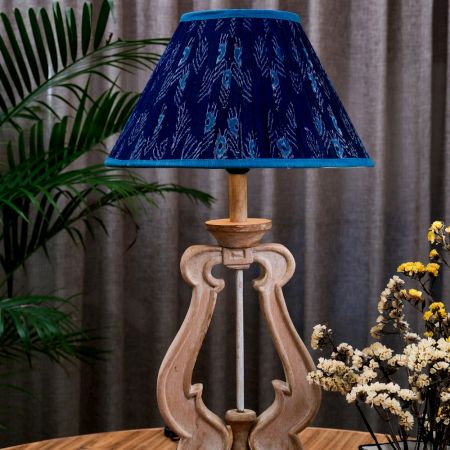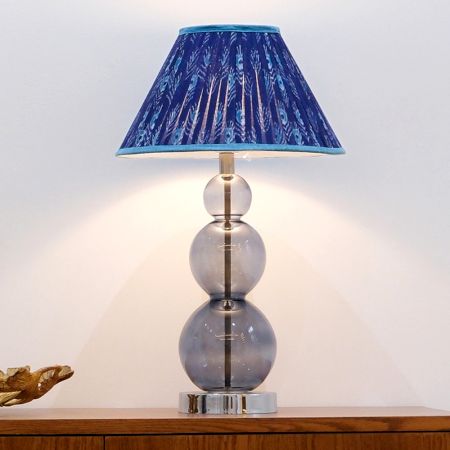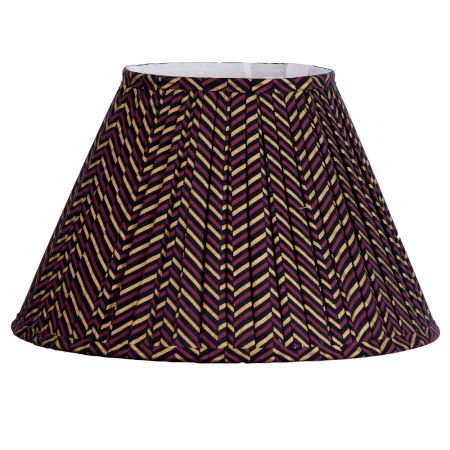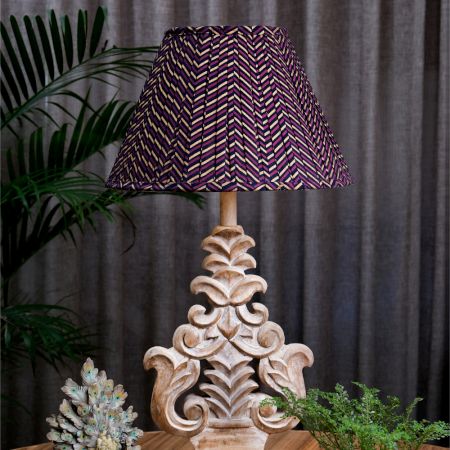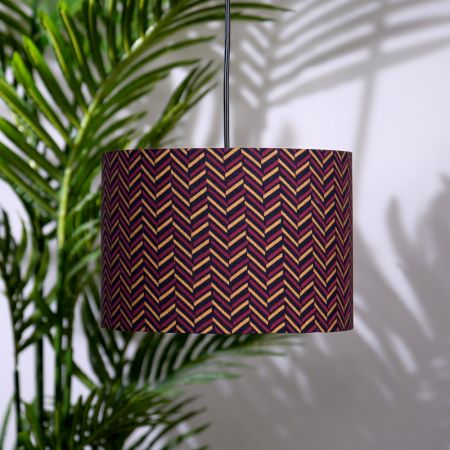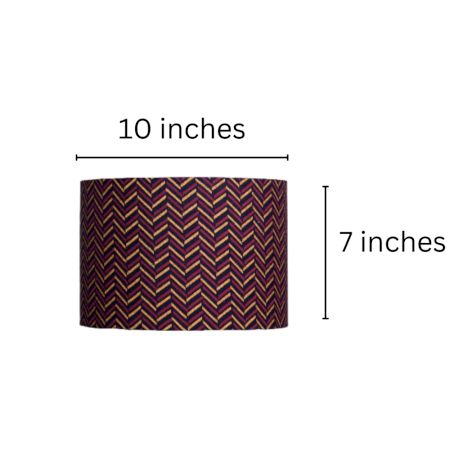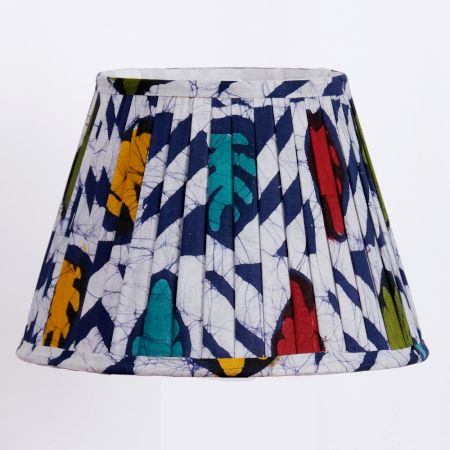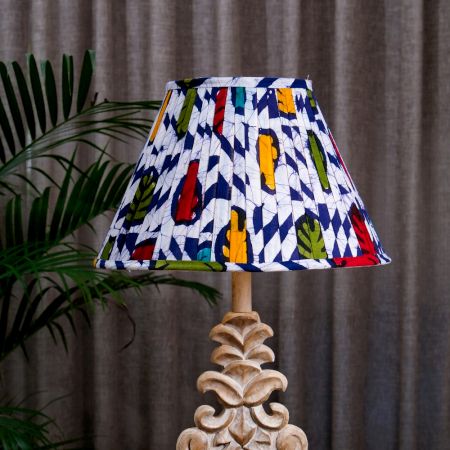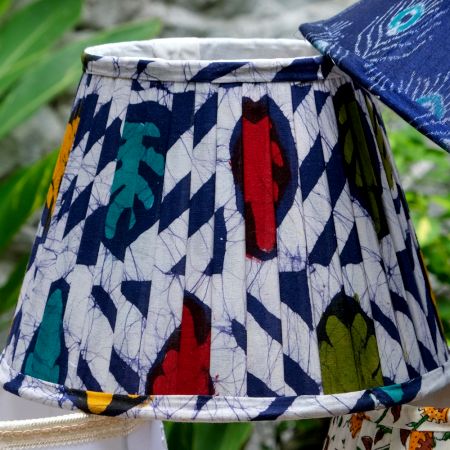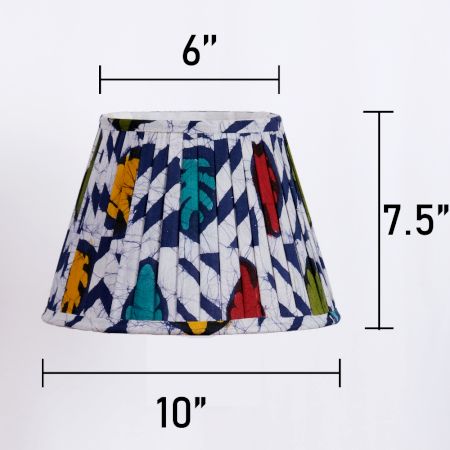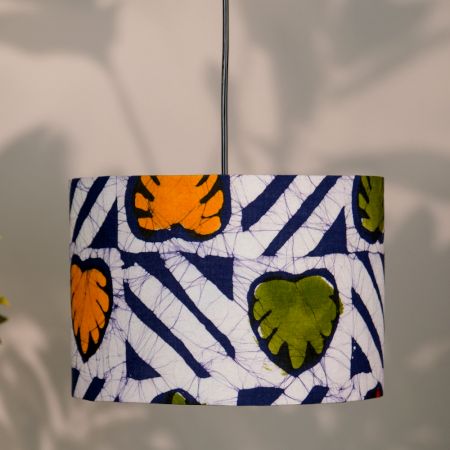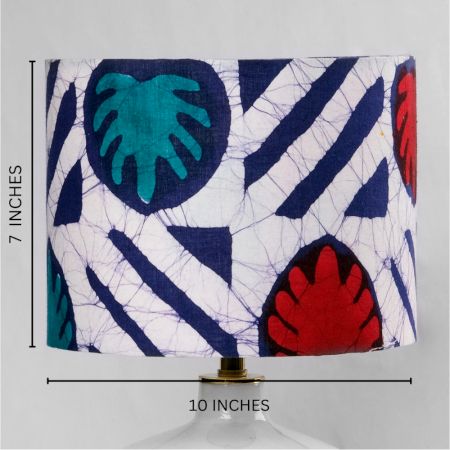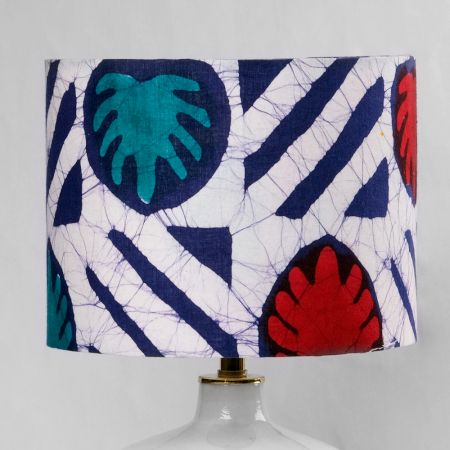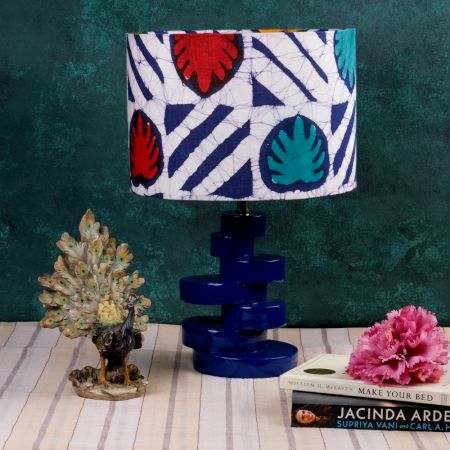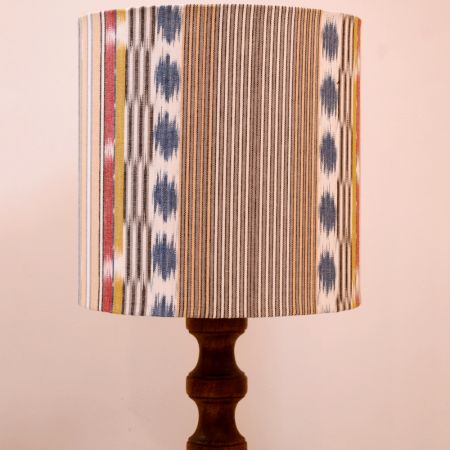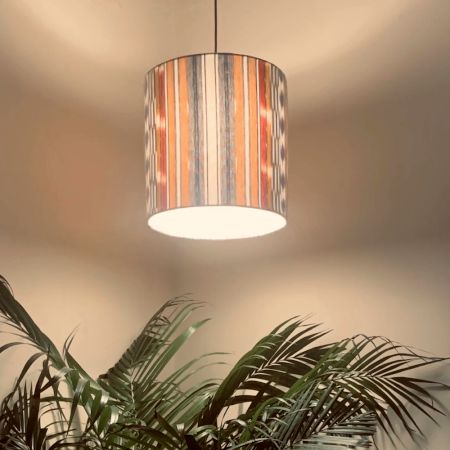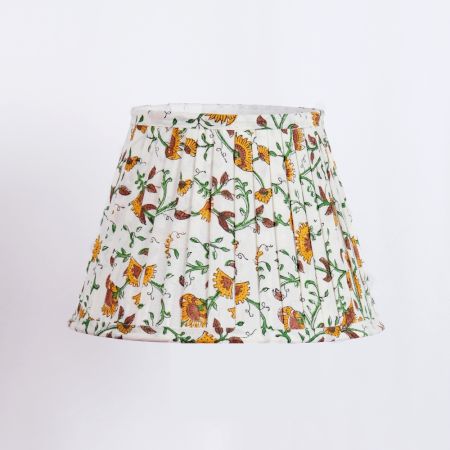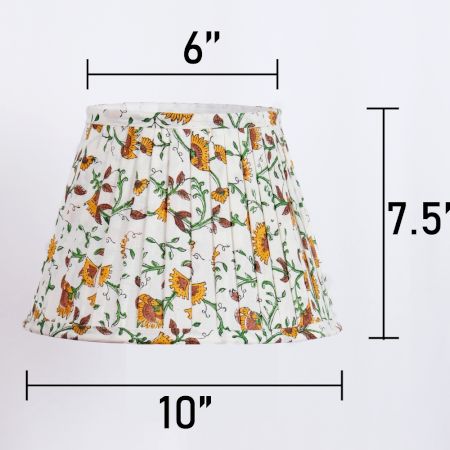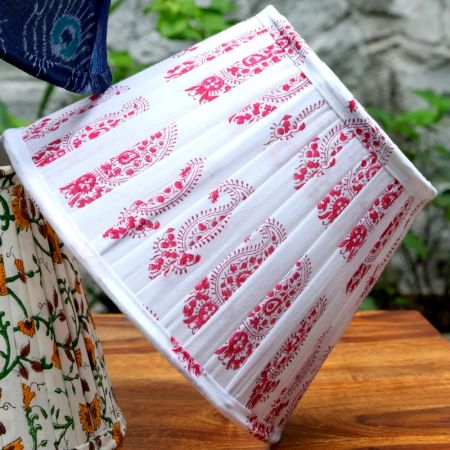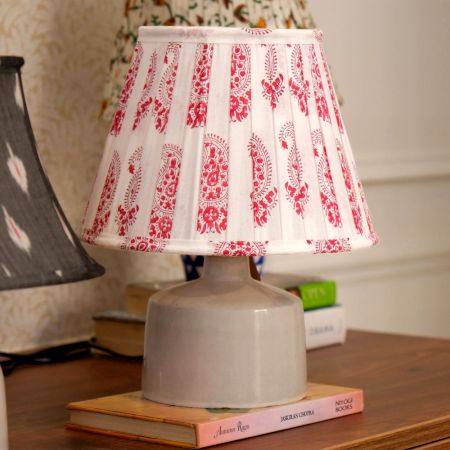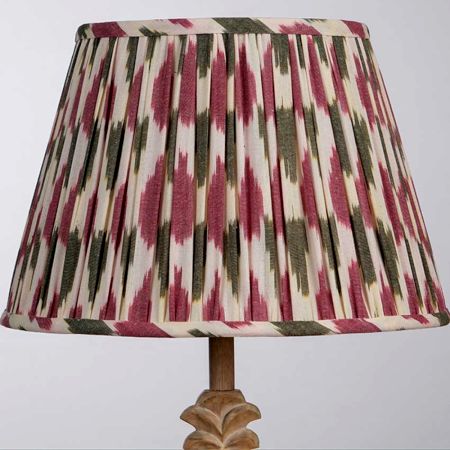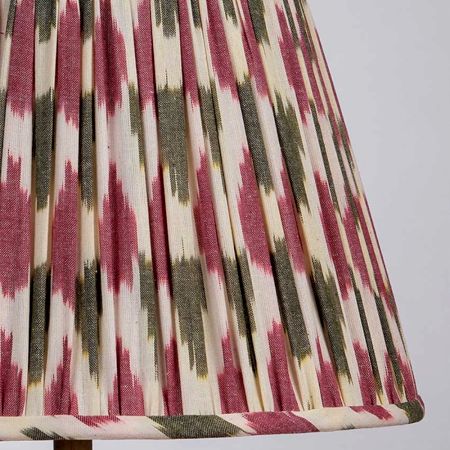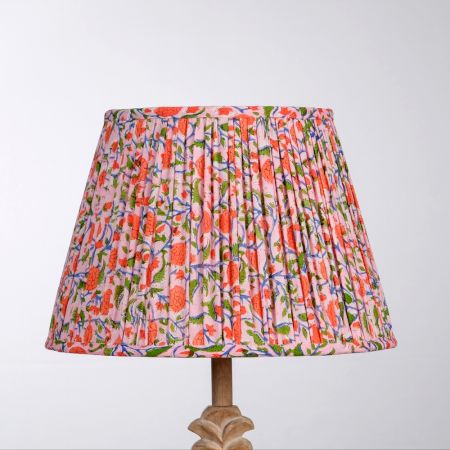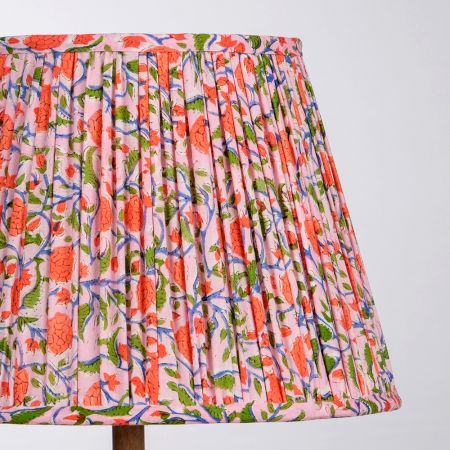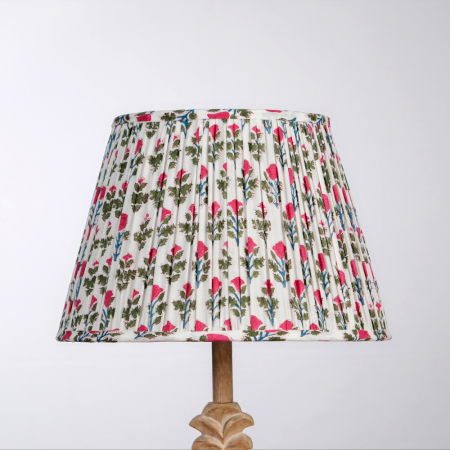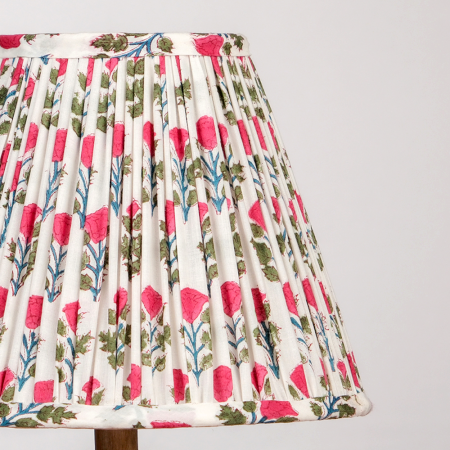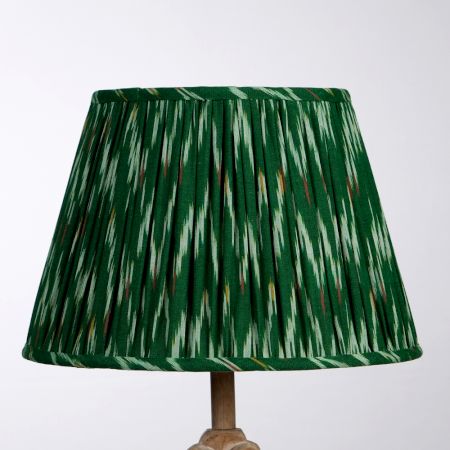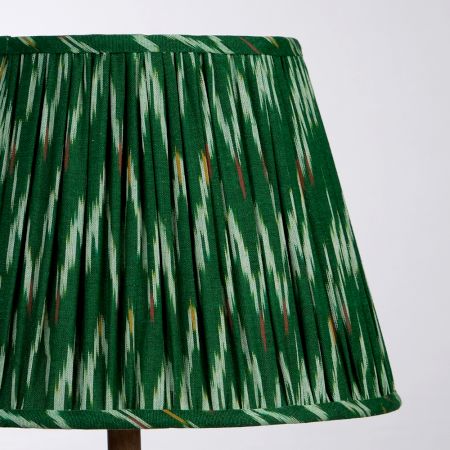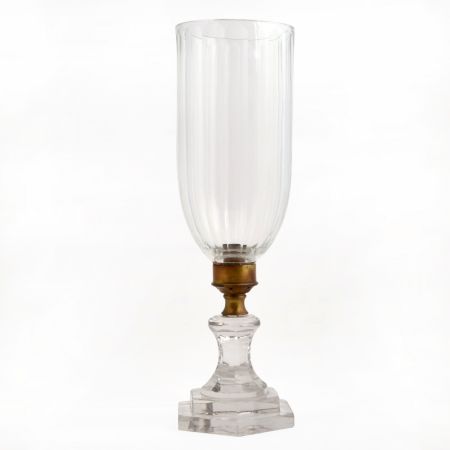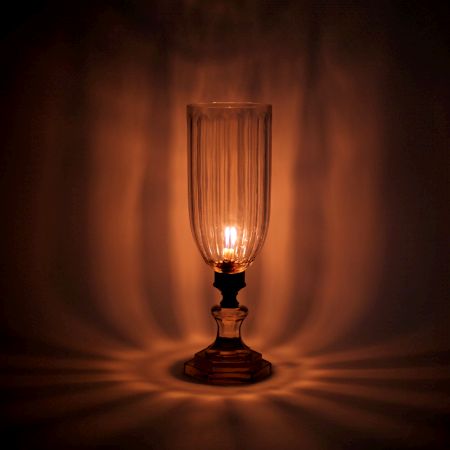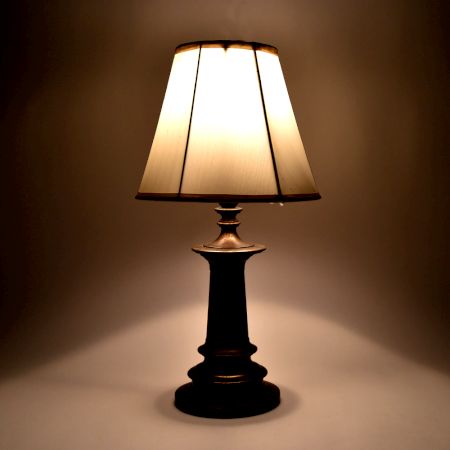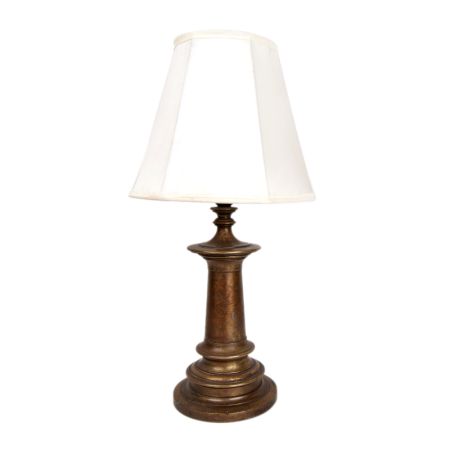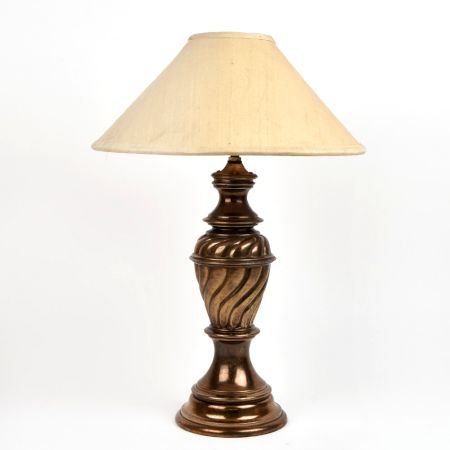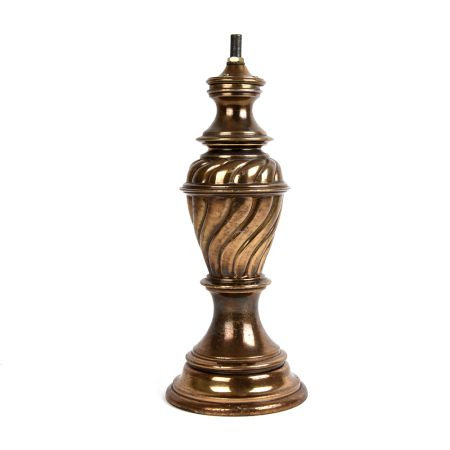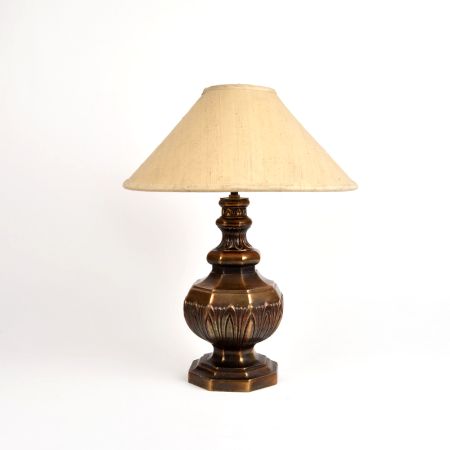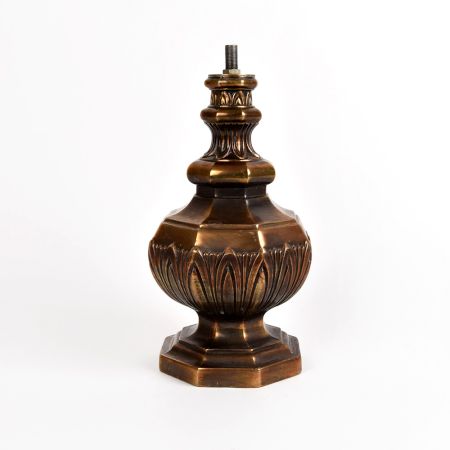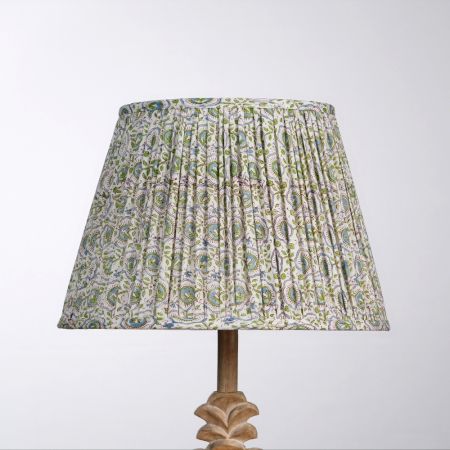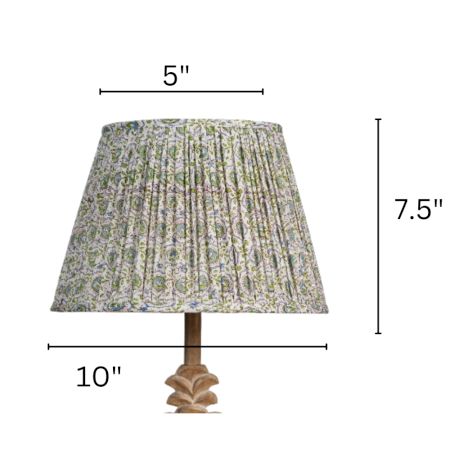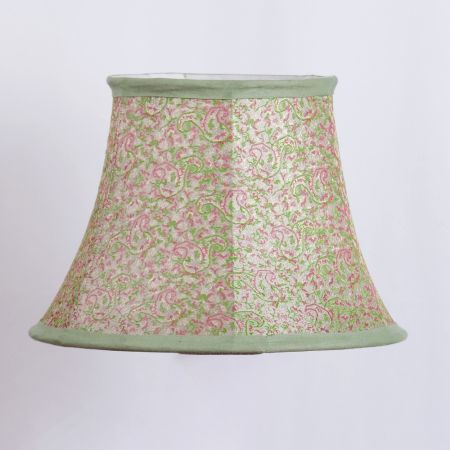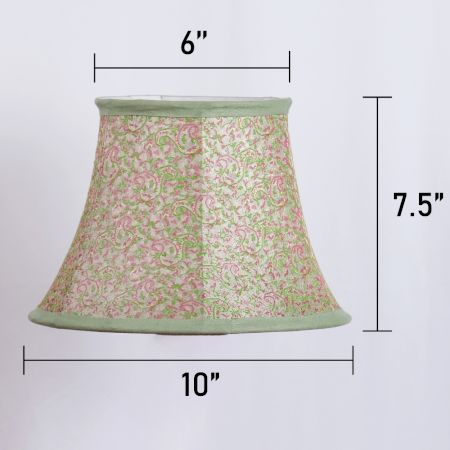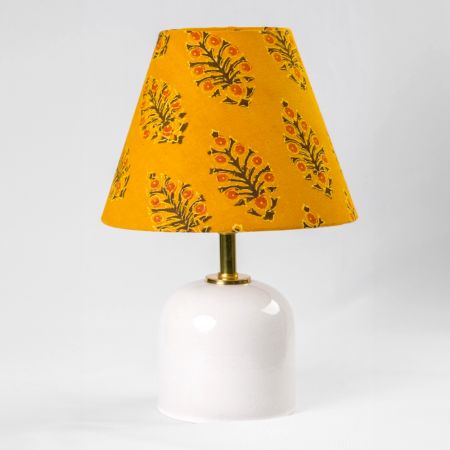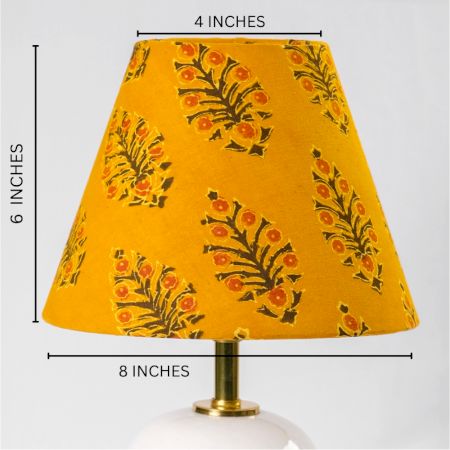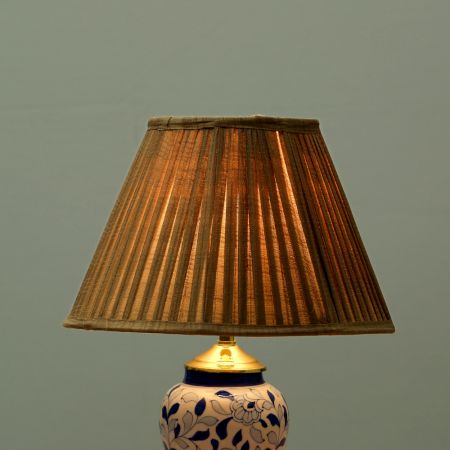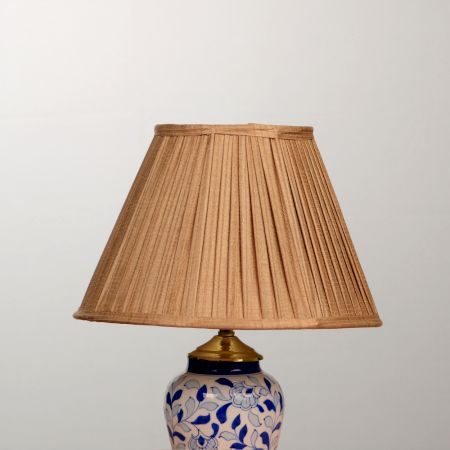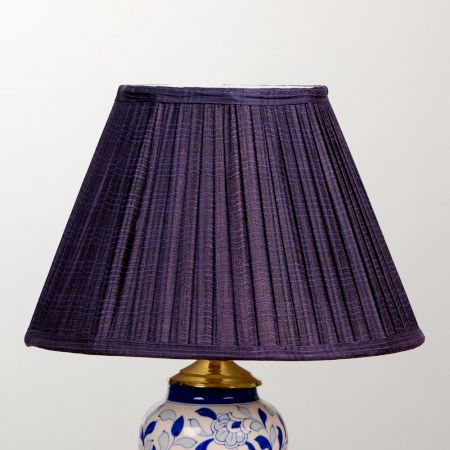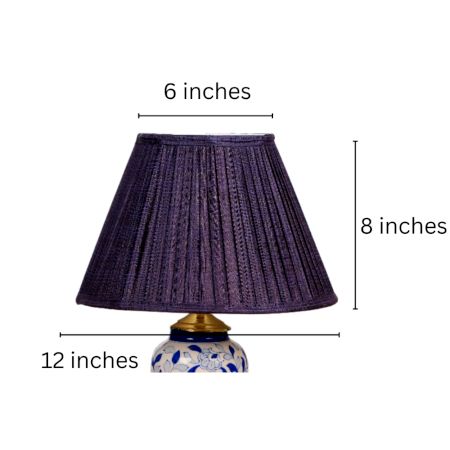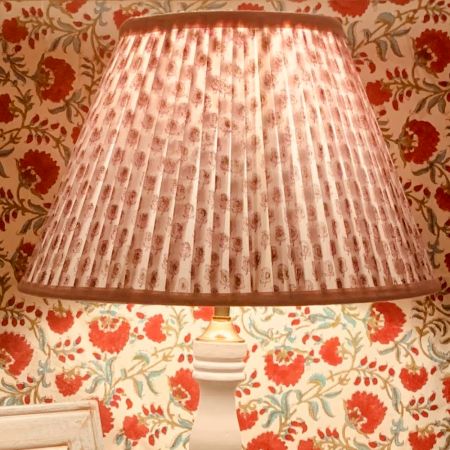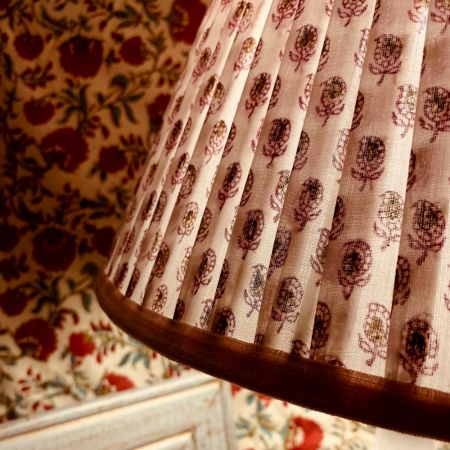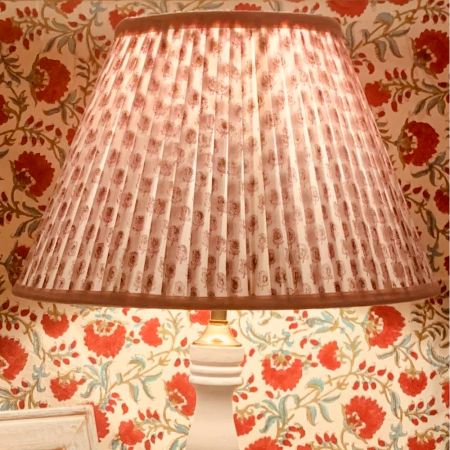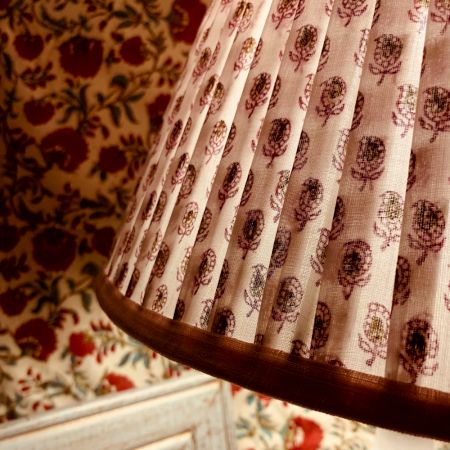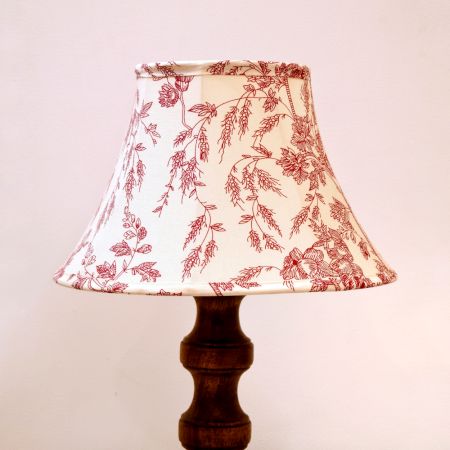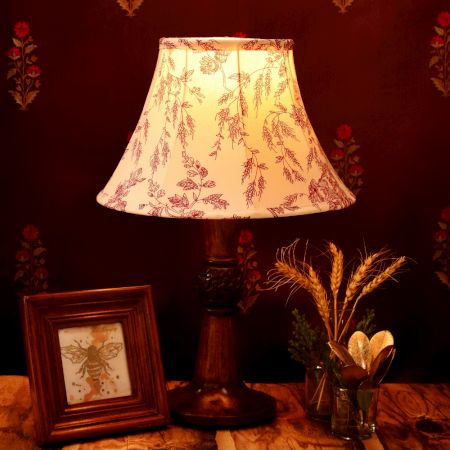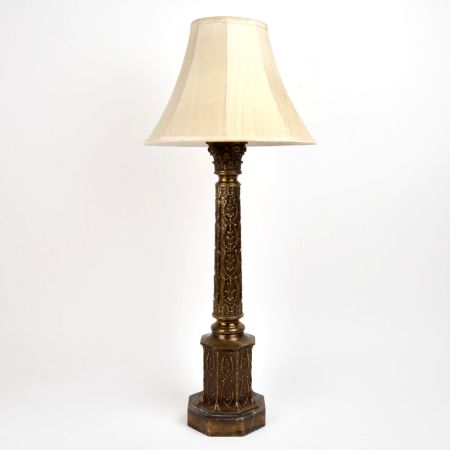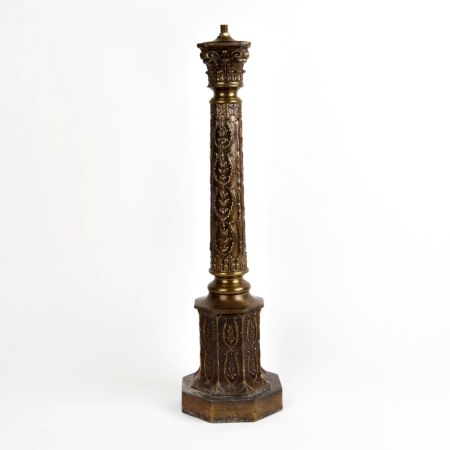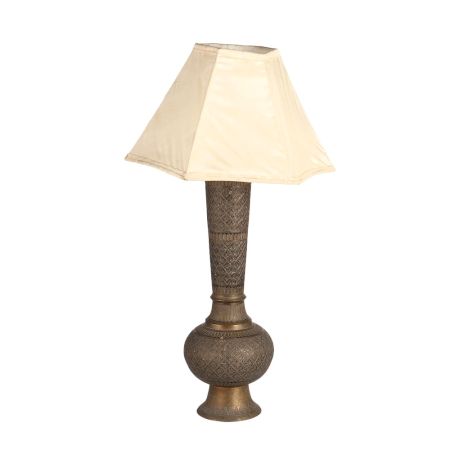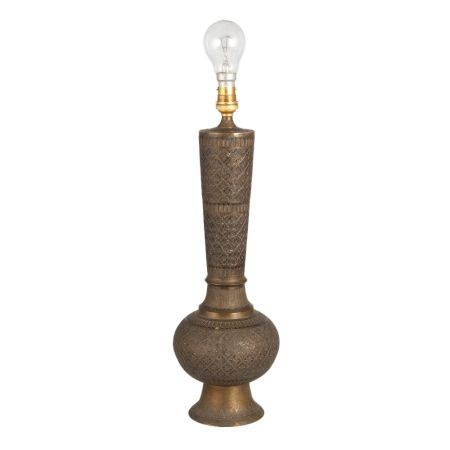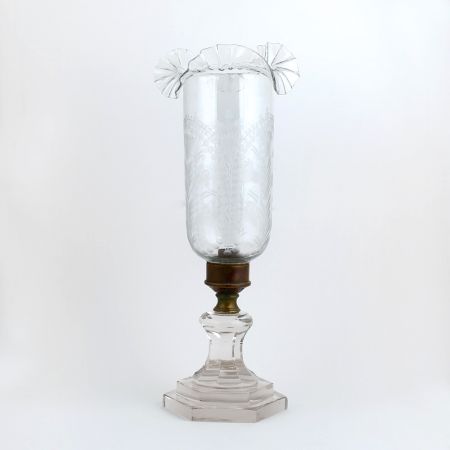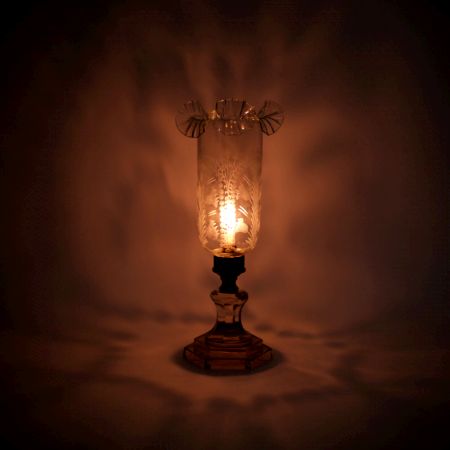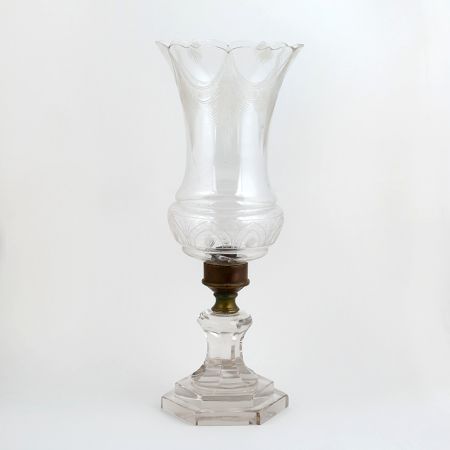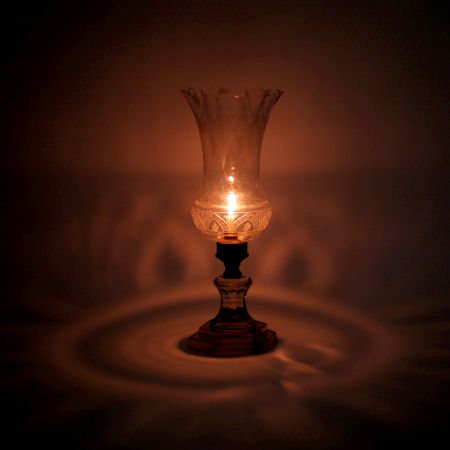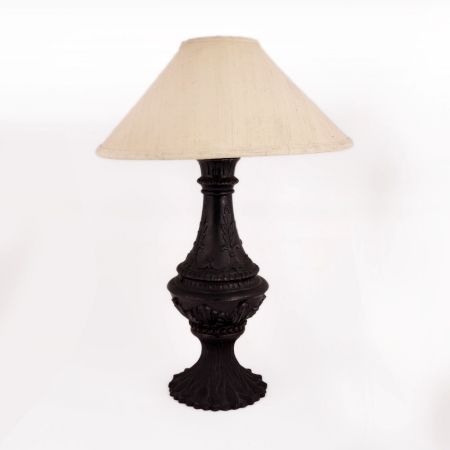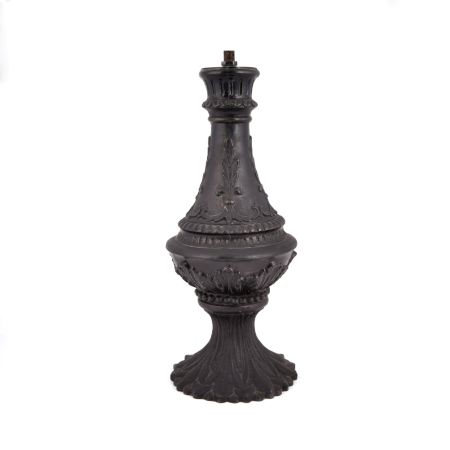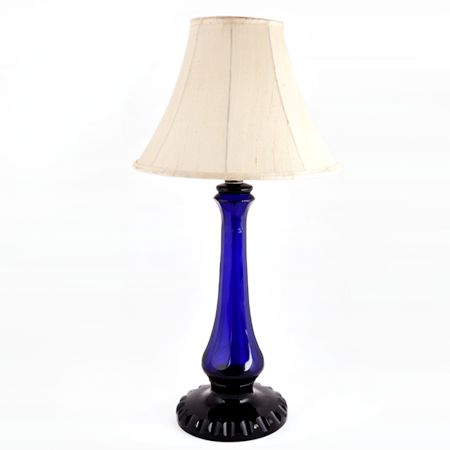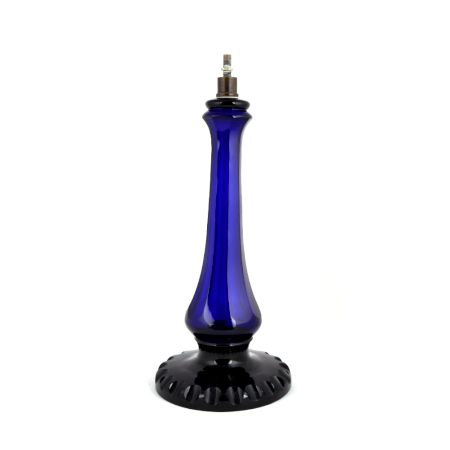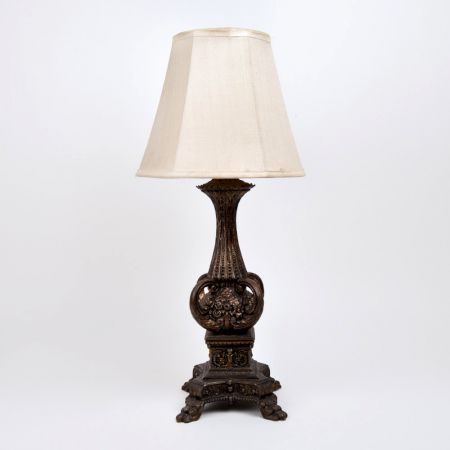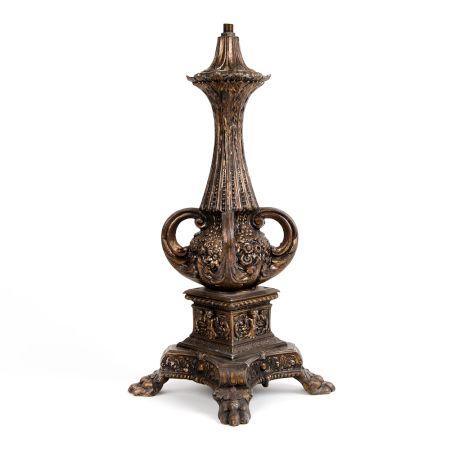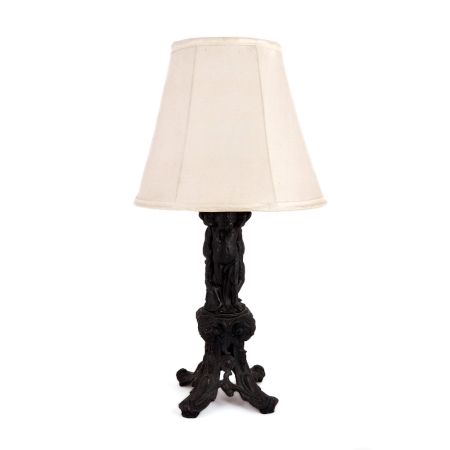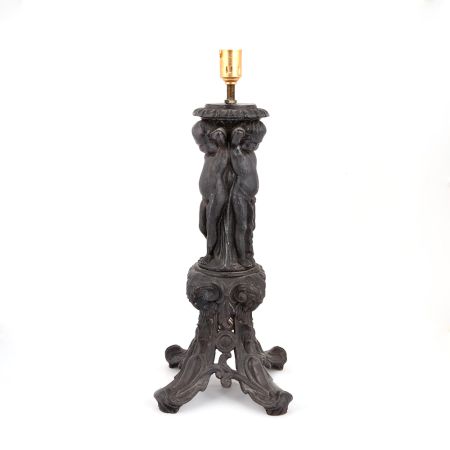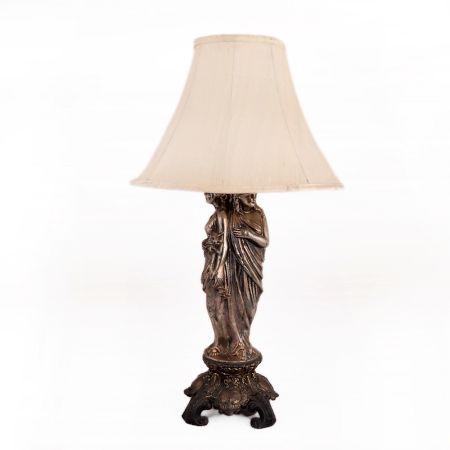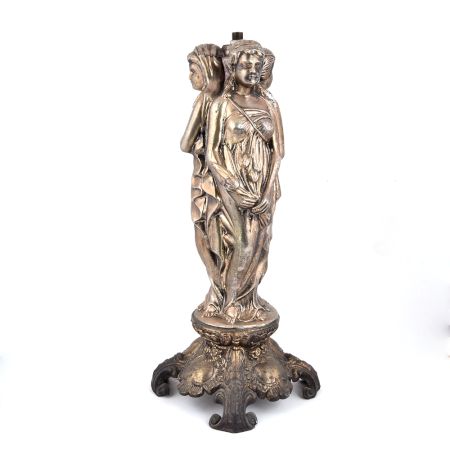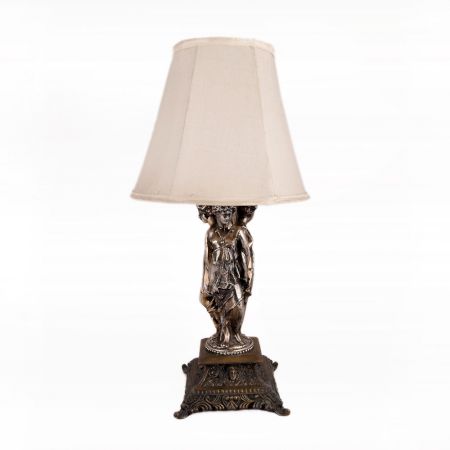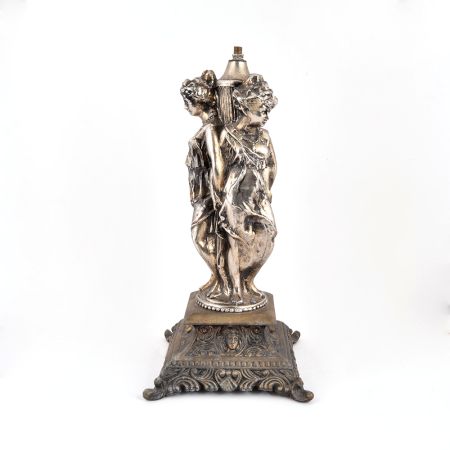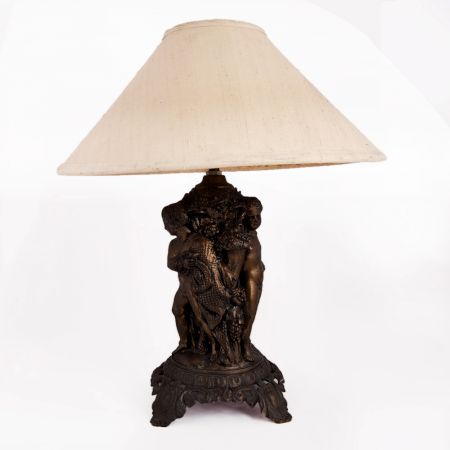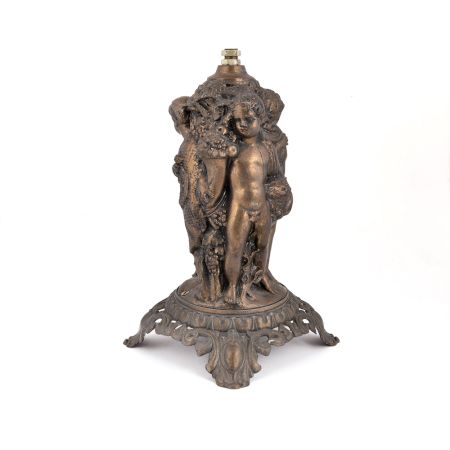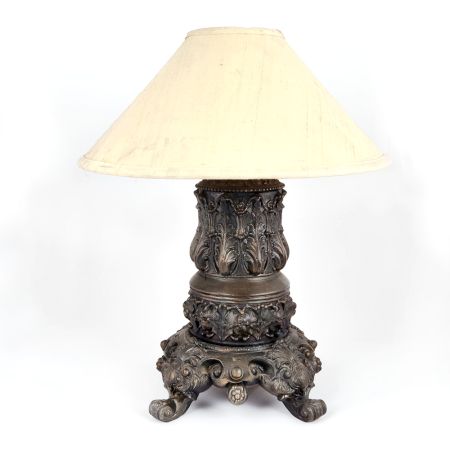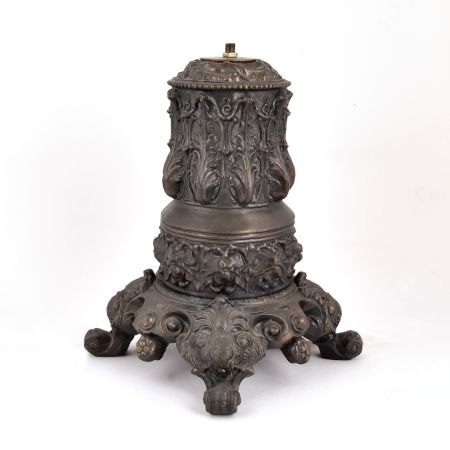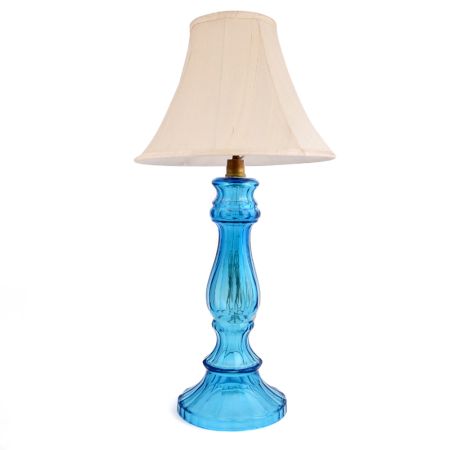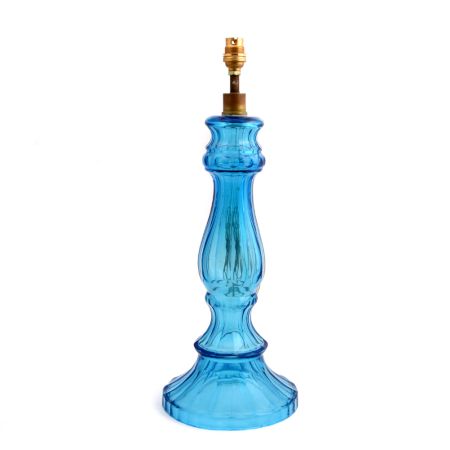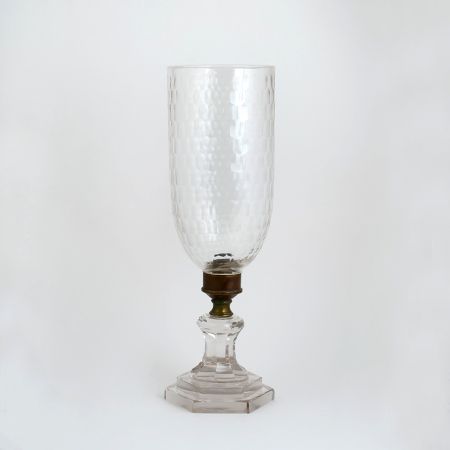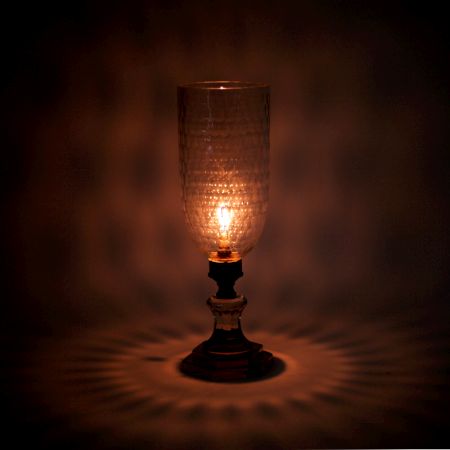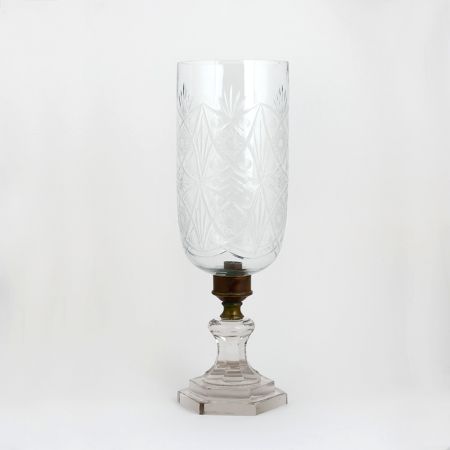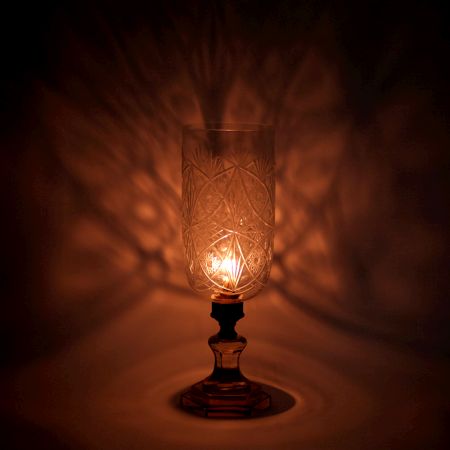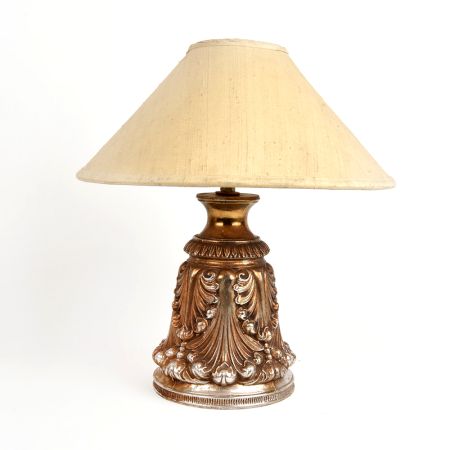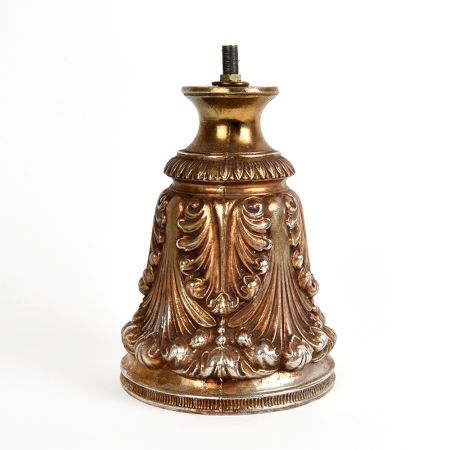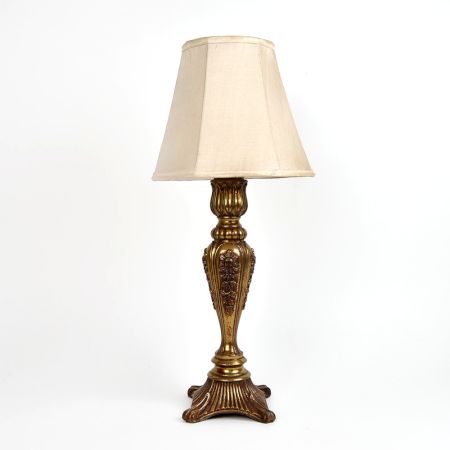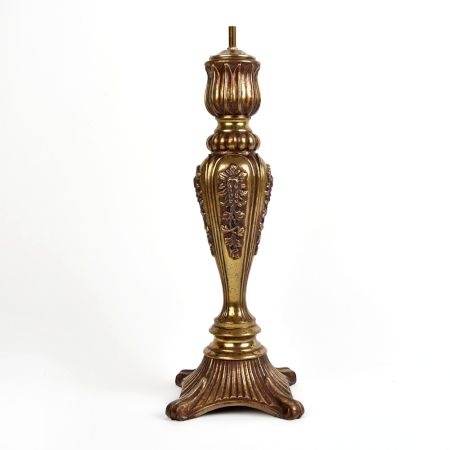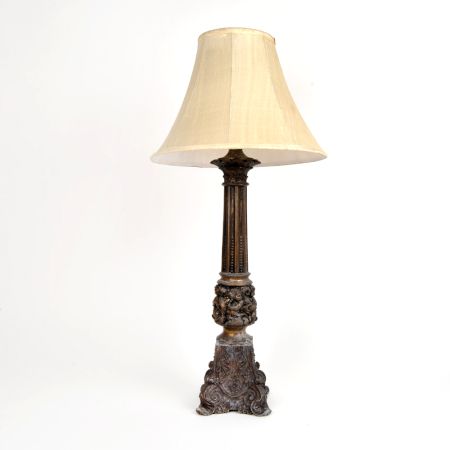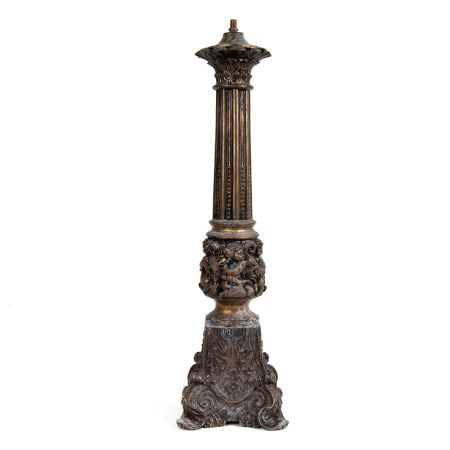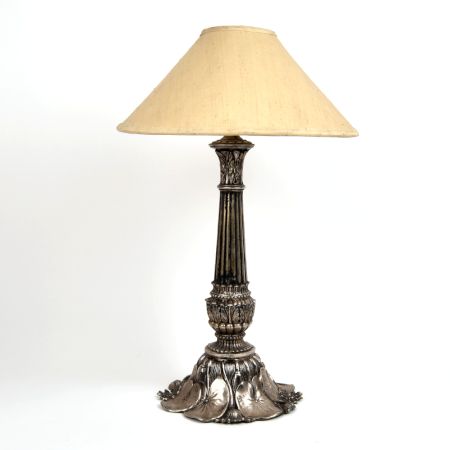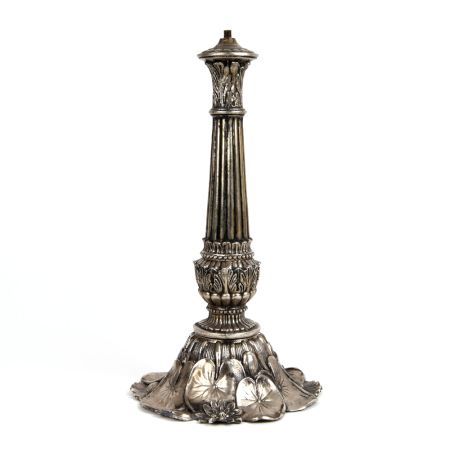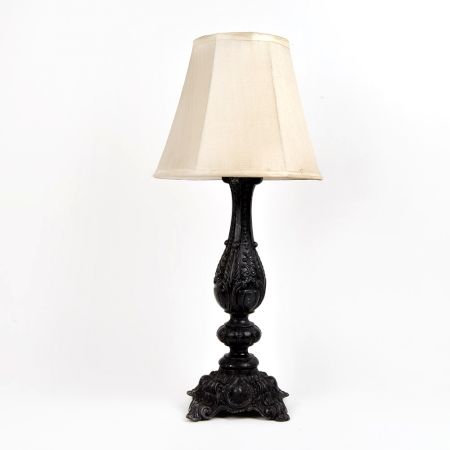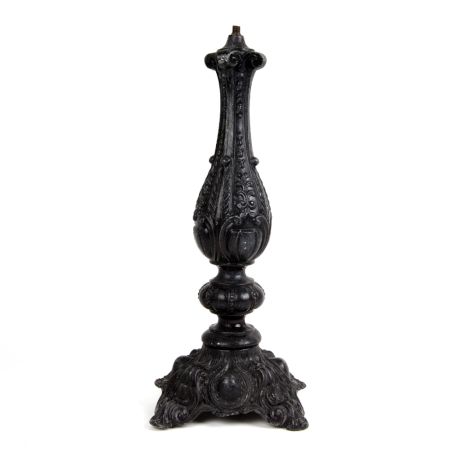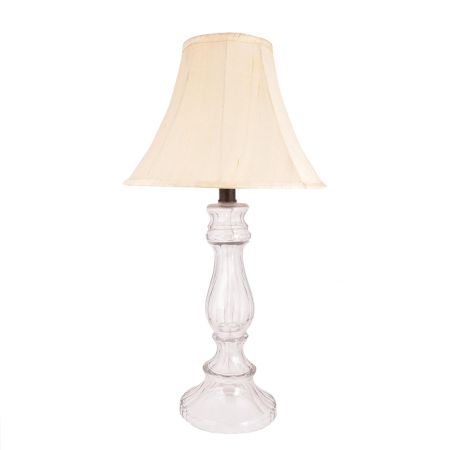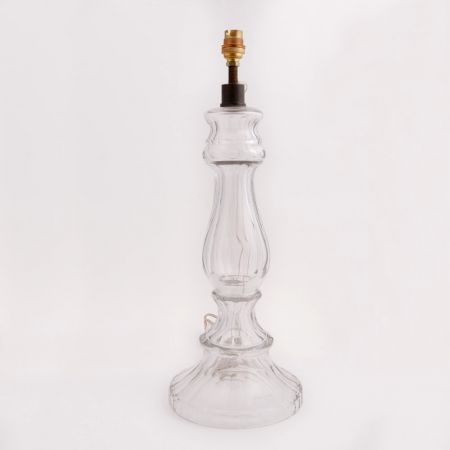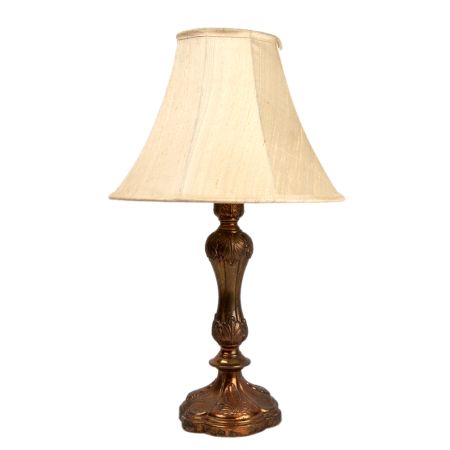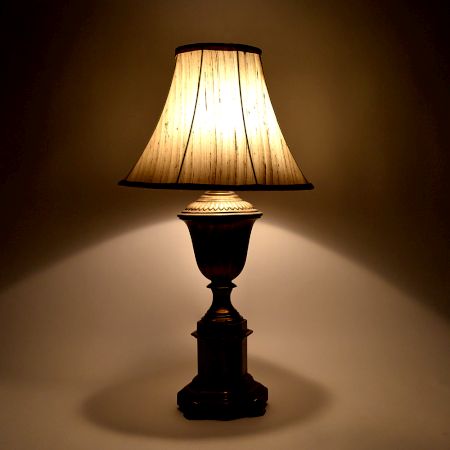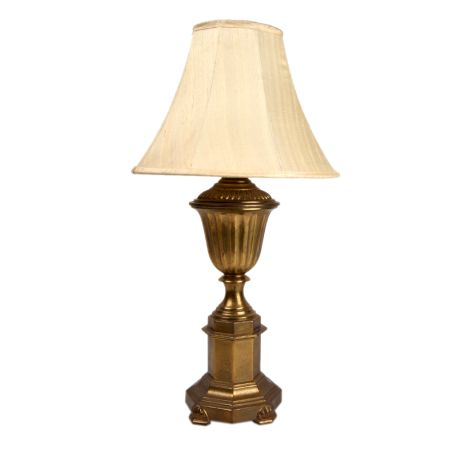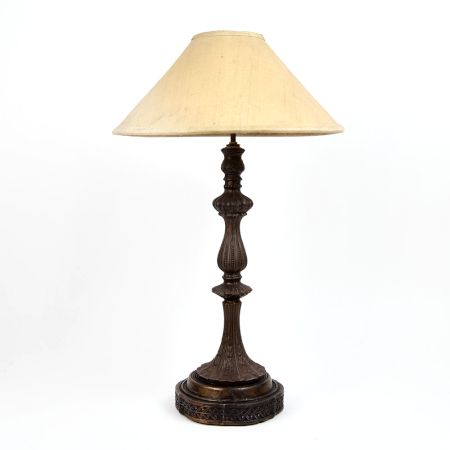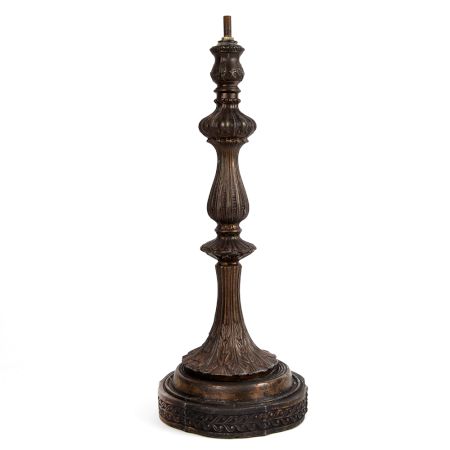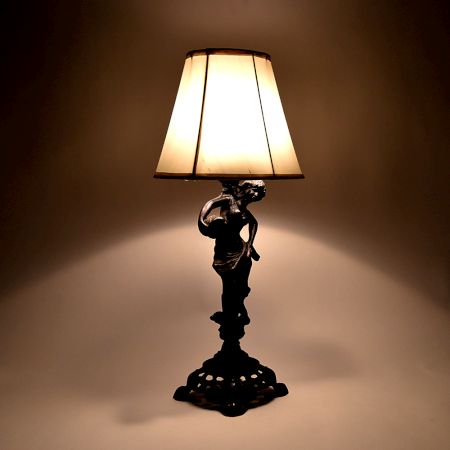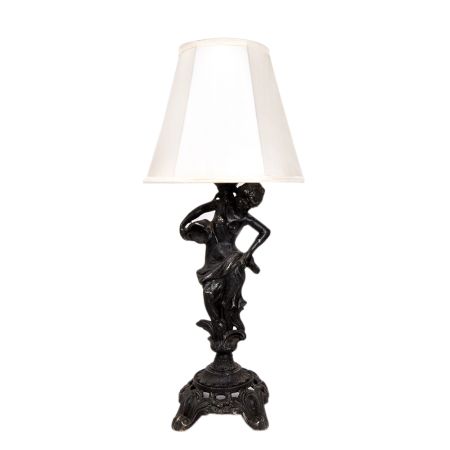Indian Home Decoration White Glass Hurricane Candle Lantern with Rope Loop for Hangin...
- ₹ 1,850.00
-
Only a few left
Indian Home Decoration Clear Glass Hurricane Candle Lantern with Rope Loop for Hangin...
- ₹ 1,850.00
-
Only a few left
Buy the Best Table Lamps Online in India
General Understanding of Table Lamps
Table lamps are more than functional objects; they are small sculptures of light that live quietly on side tables, desks, or corners. They occupy an intimate space between utility and atmosphere, offering both vision and mood. Unlike ceiling lights that dominate, table lamps whisper. They glow instead of flood, frame instead of overwhelm. Their presence is subtle, yet it shifts how a room breathes. In history, they were necessities for study and writing, but with time they became companions of thought, aesthetics, and identity. They endure because they balance the personal with the universal.
What Is A Table Lamp?
A table lamp is a portable lighting fixture designed to rest on a flat surface, most often a table, desk, or bedside stand. Unlike overhead lights, it is personal in scale, made to illuminate a defined space while remaining close to the user. At its core, it consists of three main parts: the base, the stem or body, and the shade, which filters or directs the glow of the bulb. What makes a table lamp distinct is not just its structure but its intimacy: it brings light within reach. It is practical yet expressive, blending function with style. Over time, it has evolved into a statement of taste, with forms that range from classic wood and brass silhouettes to sleek, modern glass or ceramic designs. Its true essence lies in its ability to serve both as a light source and as an aesthetic anchor in any setting.
What Emotions Or Atmospheres Do Table Lamps Commonly Create?
Table lamps often create a sense of intimacy, calm, and warmth. Their glow is not aggressive; it rests softly on surfaces, allowing shadows to dance rather than vanish. This interplay of light and shadow makes a room feel layered, alive, and safe. In a bedroom, they create serenity, perfect for slowing down before sleep. In a study, they sharpen focus while keeping the surroundings gentle, avoiding the harshness of direct overhead lighting. Living rooms benefit from the mood they generate, spaces become conversational, not clinical. Even when unlit, table lamps suggest comfort, as if waiting to soften the room with a quiet flame. They evoke familiarity, belonging, and a rhythm of pause in a fast world. Unlike chandeliers or spotlights, they do not impose; they accompany. Their emotional value lies in their subtlety, in how they shape the human experience of space without announcing their presence loudly.
What Are The Most Recognized Styles Of Table Lamps?
Table lamps carry many faces, each style echoing an era, a culture, or a design philosophy. Classic styles include traditional brass or wooden lamps, often paired with fabric shades, invoking timelessness and heritage. Modern and minimalist lamps use clean lines, glass, steel, or monochromatic palettes, suiting contemporary interiors. Industrial designs embrace rawness, iron, exposed bulbs, and mechanical edges, reminding one of workshops and lofts. Tiffany-style lamps with their stained glass mosaics remain iconic for their artistry and nostalgia. Scandinavian lamps emphasize simplicity, pale woods, and neutral tones, bringing light as calm functionality. Art Deco styles, bold and geometric, still hold collectors’ attention. What unites these diverse styles is their symbolic role, each lamp becomes a piece of identity in a home, not just an object. Whether ornate or pared down, these designs continue to adapt, proving the lamp is not bound by one tradition but continually reinvented across contexts.
Why Are Table Lamps Still Revered In Contemporary Home Decor?
Table lamps are still cherished because they merge utility with atmosphere in a way few objects can. Modern interiors often lean toward minimalism or bold statements, yet the table lamp comfortably bridges both. Unlike fixed ceiling lights, it adapts, it can be moved, rearranged, dimmed, or brightened depending on mood or occasion. In contemporary homes where multifunctionality is prized, a lamp is both décor and device. Its form can complete a room’s aesthetic: sculptural bases become art, shades introduce texture, and their glow turns ordinary corners into reflective retreats. Beyond looks, they answer emotional needs. People seek warmth in their living spaces, light that feels personal rather than sterile. The enduring reverence comes from this balance, lamps are practical enough for daily routines yet expressive enough to tell stories about taste, comfort, and belonging. They are not just relics of tradition; they are timeless mediators of light and life.
Design, Materials & Craftsmanship of Table Lamps
The design of a table lamp begins with balance, between height, proportion, and functionality. Traditionally, craftsmen shape the base first, using wood, brass, ceramic, or stone as foundation. The body follows, sometimes carved, sometimes molded, carrying the visual identity of the piece. Shades are carefully chosen to filter light, crafted from fabric, glass, or parchment. Each element must harmonize so that when lit, the lamp feels complete, not fragmented. Craftsmanship matters in the finish, smooth polishing, careful painting, or delicate hand embellishments. Even modern designs, though factory made, draw inspiration from these hand crafted traditions, where utility and artistry were inseparable.
What Materials Are Commonly Used In Table Lamps?
Table lamps are crafted from a wide variety of materials, chosen for both durability and aesthetics. Common bases use wood, brass, bronze, or steel, each lending a different character, warmth from wood, elegance from brass, strength from steel. Ceramic and glass allow for experimentation with form and color, ranging from translucent elegance to bold, painted artistry. Shades are often made from fabric, linen, parchment, or frosted glass, designed to diffuse or shape the glow. Stone and marble bases add permanence, while modern designs explore plastics and composites. The material defines not just look but weight, texture, and the kind of light it will project.
What Role Do Shades, Bulbs, And Bases Play In Lamp Design?
Each component of a table lamp holds significance. The base anchors the piece, giving it stability and visual weight. Its design, slender, ornate, or geometric, sets the tone for the lamp’s character. The shade is the mediator between light and space. A translucent fabric shade softens glow, a darker or opaque one directs light downward for focus. Shape also matters: drum shades, cones, or pleats alter how light spreads. The bulb is the heart, its type and brightness defining functionality. A warm bulb creates comfort, a cooler bulb sharpens attention. Together, these parts determine whether the lamp is decorative, functional, or both.
Function, Lighting & Mood Setting of Table Lamps
Table lamps serve multiple roles beyond basic illumination. In homes, they provide task lighting for reading, writing, or relaxing without overwhelming the entire room. On desks, they support focus, guiding light exactly where needed. In bedrooms, they allow for quiet transition from day to night without harsh brightness. Beyond function, they act as accents, filling corners with presence and warmth. They also serve as markers of style, reflecting personal taste. In workspaces, they sharpen concentration by creating well defined pools of light. Thus, table lamps are not limited to necessity; they enrich daily life with layers of comfort, clarity, and expression.
How Do Table Lamps Influence Light, Shadow, And Overall Ambience?
Table lamps influence ambience by shaping how light interacts with space. Unlike overhead lighting, which flattens a room, table lamps create depth through shadows. A shaded lamp casts light downward, drawing focus to a surface while letting the edges of a room fade into quietness. This selective glow builds intimacy, inviting conversation, relaxation, or reflection. Multiple lamps can layer light, softening stark corners, balancing brightness, and giving dimension. Even the color and texture of the shade transform atmosphere, a warm linen shade evokes coziness, while a glass shade sharpens clarity. In essence, they let people design mood with precision.
What Bulb Types And Color Temperatures Work Best For Table Lamps?
The choice of bulb defines both function and mood. LED bulbs are now most common, energy efficient, long lasting, and available in varied brightness. For reading or tasks, bulbs between 3000 to 4000K (neutral white) work best, offering clarity without strain. For bedrooms or living rooms, warmer tones (2200 to 2700K) create comfort and relaxation. Dimmable bulbs allow flexibility, shifting from bright productivity to soft ambiance with ease. Some prefer vintage style filament bulbs for aesthetic charm, even if less efficient. Compact fluorescent bulbs are fading, while smart bulbs offer control of color and brightness through apps. Ultimately, the best choice depends on balance, clarity for function, warmth for emotion, ensuring the lamp does more than light, it breathes life into space.
Purchase, Collection & Investment of Table Lamps
A table lamp is not just an object of light, it is often a story waiting to be placed in your room. Purchasing one is about more than price, it is about aligning craftsmanship, form, and memory with your lifestyle. Collectors see lamps as a diary of taste, each piece embodies a mood, a chapter, or a cultural whisper. As an investment, the right lamp does not merely illuminate, it endures, carries elegance across generations, and grows with the room’s spirit. A well chosen lamp transforms from utility to legacy.
Where Can You Buy Authentic Or Designer Table Lamps?
Authentic or designer table lamps demand more than a casual browse, they require intent. You can find them in curated home décor stores, artisan markets, online platforms like IndianShelf specializing in luxury or handcrafted goods, and designer boutiques that merge aesthetics with craftsmanship. Authenticity shows in the details, the maker’s imprint, quality of materials, and consistency in design. Designer studios often release limited runs, giving each lamp a trace of exclusivity. Avoid mass produced imitations that dilute character. The ideal purchase is one that connects emotion with space, bridging art, function, and personal narrative within your home.
How Can You Identify A High Quality Table Lamp?
A high quality table lamp reveals itself through weight, balance, and finish. Materials should feel sturdy, whether metal, ceramic, or wood, never hollow or flimsy. Look at the wiring and fittings, precision here signals longevity. The shade should distribute light evenly, with seams and edges crafted cleanly. Design plays its part too, a good lamp does not scream, it quietly commands attention through proportion and subtle detail. Often, the tactile feel of switches, smoothness of polish, and durability of joints tell more than labels. A lamp’s quality is not in its shine alone, but in how silently it survives daily use.
What Makes A Table Lamp A Worthwhile Investment In Home Decor?
A table lamp becomes a true investment when it outlives passing trends and anchors a room’s identity. Unlike fleeting décor, lamps carry both utility and timeless presence. A well chosen lamp adapts, fitting into shifting interiors without losing charm. Its worth lies not just in monetary value but in its ability to hold stories, a vintage piece inherited, a designer work admired, or a hand crafted lamp sourced from artisans. Lamps reward you by aging gracefully, developing patina or character over time. An investment lamp is more than cost, it is memory, atmosphere, and an intimate symbol of taste preserved across years.
Care, Maintenance & Longevity of Table Lamps
A lamp’s life depends on attention. Care is not difficult, it is discipline. Dust can mute beauty, weak wiring can endanger safety, and careless use can shorten what should be a long companionship. Regular cleaning, mindful handling, and timely repairs stretch the lamp’s years. Choosing durable materials and shades further adds resilience. Even vintage lamps, when restored with care, find a second youth. Lamps age like us, they gather marks, scratches, stories, but maintenance ensures those traces turn into character rather than decay. In longevity, lamps echo life, nurture them, and they continue to light your spaces faithfully.
How Do You Properly Clean And Maintain A Table Lamp?
Cleaning a table lamp begins with patience, not haste. Unplug it first, safety comes before beauty. For the base, use a soft cloth dampened lightly with water or a mild cleaner, never harsh chemicals that strip finishes. Shades differ, fabric ones respond to gentle vacuuming or soapy dabs, while glass or metal needs a microfiber cloth. Regular dusting prevents buildup, while checking wires, plugs, and switches avoids silent risks. Replace bulbs before they burn out fully to protect fittings. Maintenance is less about effort and more about rhythm, small, consistent care ensures the lamp remains luminous, dependable, and quietly proud.
What Lamp Shades And Materials Last The Longest?
Durability rests in materials that resist both time and handling. Metal bases, brass, bronze, steel, outlast trends and wear. For shades, glass and linen hold well, provided they are cleaned properly. Plastic shades often yellow, while paper weakens with age. Fabric shades lined with sturdy frames maintain form longer than fragile weaves. Wood, when polished and treated, can survive decades without losing warmth. The longest lasting lamps are those blending strength with care friendly surfaces. A lamp is only as strong as its weakest material, choose shades and bodies that balance beauty with resilience, ensuring they age with dignity rather than fragility.
Can Old Or Vintage Lamps Be Rewired Or Restored Safely?
Yes, vintage lamps can be safely rewired and restored, provided it is done with precision. Old wiring often fails modern safety standards, so replacing cords, sockets, and plugs is essential. Restoration does not mean stripping away age, it is about preserving charm while renewing function. Professionals can rewire without disturbing the original design, keeping authenticity intact. A lamp with cracks, chips, or loose joints can also be stabilized. Restoration is not only safe but rewarding, it allows old lamps to breathe again, merging nostalgia with utility. Done right, rewiring gifts a vintage lamp a second life, turning fragility into resilience.
What Are Common Damages Table Lamps Suffer Over Time?
Time wears lamps in subtle, familiar ways. Shades fade under light exposure, fabric weakens, and colors lose intensity. Bases suffer scratches, dents, or tarnish depending on material. Wiring frays, plugs loosen, and switches grow unreliable. Dust, if left unchecked, dims the surface and even affects bulb efficiency. Accidental knocks may bend delicate parts, especially in slender designs. Yet these damages are not final sentences, they are signs of use. With attention, most can be repaired or slowed. Lamps are resilient companions, but without care, they quietly surrender. Damage speaks of neglect, longevity reflects love and responsibility toward them.
Home Decor, Styling & Interior Pairing With Table Lamps
A table lamp is not a mere accessory, it is a storyteller of space. It defines corners, softens harsh rooms, or punctuates silence with glow. In décor, it serves as both anchor and accent. The right lamp turns ordinary furniture into a curated corner. It whispers mood, calm in bedrooms, focus in studies, warmth in living spaces. Pairing is an art, the lamp must converse with surrounding textures, colors, and styles. Placement decides narrative, whether as companion, statement, or silent backdrop. In the choreography of interiors, lamps are not extras, they are the rhythm holding light and memory together.
How Can Table Lamps Transform A Room’s Ambience Or Tone?
A table lamp reshapes ambience by changing how light touches space. Soft, warm tones soothe bedrooms, inviting rest. Crisp, directed light sharpens a study’s focus. A dramatic, sculptural lamp in a living room draws attention like art, shifting the room’s energy. Placement matters, a lamp on a side table creates intimacy, while one by a window complements natural light. Unlike ceiling lights, table lamps humanize spaces, they do not overwhelm, they breathe. They invite presence rather than command it. With one switch, a lamp can turn a room from ordinary to poetic, holding atmosphere like a whispered secret.
What Interior Styles Pair Well With Different Table Lamp Designs?
Each style finds its lamp. Minimalist interiors embrace sleek, geometric lamps with neutral shades. Traditional homes lean toward ornate brass or wood bases paired with fabric or linen shades. Industrial spaces suit metal or raw finish lamps, echoing strength. Bohemian rooms welcome colorful, patterned lamps that play with eclectic textures. Modern interiors celebrate bold forms, glass, chrome, or asymmetric shapes that double as sculpture. Scandinavian design prefers pale woods, muted shades, and soft diffusion. Pairing works best when the lamp does not fight the room’s voice but strengthens it. A good lamp is not contrast alone, it is harmony in detail.
How Do You Choose The Right Table Lamp For A Bedroom, Living Room, Or Study?
Each room asks for a different relationship with light. In bedrooms, lamps should invite calm, soft shades, dimmable options, and proportions that balance the bedside. Living rooms demand adaptability, statement pieces for corners, paired lamps for symmetry, or adjustable ones for layered lighting. A study requires clarity, direct light that aids focus without harsh glare. Choosing also means measuring, the lamp’s height should match furniture scale, neither dominating nor disappearing. Colors and textures should echo the room’s palette. The right lamp feels like it belongs, not bought in isolation but in conversation with the room’s rhythm and need.
What Are The Best Table Lamp Placements For Functionality And Aesthetics?
Placement balances utility with presence. Bedside tables benefit from lamps aligned with eye level when seated or lying down, functional for reading, soothing for rest. Living rooms glow when lamps flank sofas, highlight art, or rest on sideboards, creating layers of light. Studies thrive on lamps angled toward work surfaces without shadowing. Aesthetics come in balance, lamps should not crowd, nor hide. Pairing lamps in symmetry creates order, a single statement lamp creates focus. Best placements allow lamps to converse with space, not as clutter but as punctuation. Light must serve both the task and the unseen emotion of a room.
Cultural Significance & Historical Legacy of Table Lamps
Table lamps are not just objects of utility, but silent carriers of culture and memory. In every corner of the world, a lamp has symbolized something beyond light, hope, faith, continuity, and a bond with tradition. The table lamp, in its modern form, inherits this weight. It is shaped by centuries of fire kept alive in clay, bronze, and oil, adapted to electric bulbs yet rooted in the same impulse: to make darkness bearable, to make evenings intimate, to make spaces human. They are heritage disguised as décor.
What Is The Historical Significance Of Lamps Across Civilizations?
From Mesopotamian oil burners to Indian diyas and Roman bronze lamps, civilizations always placed lamps at the threshold of life and ritual. They were not mere tools but sacred keepers of warmth and survival. The Greeks offered lamps in temples, Egyptians used them in tombs, and Indians lit diyas to mark cosmic triumphs of light. Each flame was more than illumination, it was continuity of time, belief, and protection. When these traditions transformed into table lamps, they carried with them echoes of sanctity. Even today, turning on a lamp at dusk repeats a gesture older than memory, a small reenactment of civilizations keeping night at bay.
How Did Different Cultures Shape The Design Of Traditional Lamps?
Designs of lamps reveal cultural imagination. Chinese artisans shaped porcelain lamps painted with landscapes, while Middle Eastern craftsmen carved brass lamps pierced with geometric filigree. In India, the lamp was sculpted as a goddess, peacock, or tree, always a living form. Europe leaned toward glass, crystal, and metalwork, echoing luxury and refinement. Each culture did not only design for light but also for meaning, to tell stories, to invite divinity, or to reflect power. The modern table lamp is an archive of these varied aesthetics, carrying fragments of East and West, of simplicity and ornamentation, woven into familiar shapes we place by our side.
Which Eras Or Designers Shaped The Evolution Of Table Lamps?
The late 19th and early 20th centuries were decisive. Tiffany lamps in America, with stained glass glowing like windows of cathedrals, turned lamps into art. Bauhaus designers stripped them to function, geometry, and clarity, shifting lamps into the realm of modern design. Art Deco and Mid Century movements experimented with bold forms, while Scandinavian minimalism emphasized wood and soft light. Each era taught lamps a new language, opulence, precision, modernity, restraint. Today’s table lamps stand as hybrids, echoes of Tiffany’s glass, Bauhaus’ clean lines, and artisan traditions that predate electricity itself. Their evolution is less a linear path and more a tapestry of layered legacies.
Table Lamps vs Other Lighting Fixtures
Table lamps have always stood apart because of intimacy. Unlike towering floor lamps or distant chandeliers, a table lamp glows near, on a desk, bedside, or corner table, bridging personal space with light. They invite touch, a switch, a shade, a base that feels crafted for closeness. Other lighting fixtures govern rooms, table lamps serve moments. They do not overwhelm, they accompany. In a world of large, architectural lighting, the table lamp remains human scale, gentle, moveable, adaptable, a companion that changes position with life’s shifting rhythms.
How Are Table Lamps Different From Floor Lamps Or Wall Lights?
Floor lamps and wall lights address space at a structural level. They define the vertical, stretch across walls, command a room’s frame. Table lamps, by contrast, work in smaller, personal territories. They sit low, close to where hands rest and eyes wander, guiding quiet acts, reading, writing, pausing. A wall light cannot be moved, a floor lamp is often fixed in presence, but a table lamp is portable, repositioned with ease. This mobility makes it uniquely democratic, light exactly where needed, no architecture required. It is less about shaping a room’s grandeur, more about creating corners of comfort within it.
What Sets Table Lamps Apart From Ceiling Lights Or Chandeliers?
Chandeliers and ceiling lights look downward with authority, casting an even, commanding glow. They illuminate collectively, often spectacularly, and carry a sense of formality. Table lamps, however, create islands of light rather than oceans. They carve intimacy in shadows, illuminating a page, a face, a thought. Where a chandelier decorates grandeur, a table lamp accompanies solitude. They are not about dominance but presence, not about filling every corner but allowing darkness to coexist. This duality, light alongside shadow, is what makes table lamps less about spectacle and more about atmosphere.
How Do Decorative Table Lamps Differ From Functional Task Lamps?
Decorative table lamps whisper of artistry, ceramic bases, carved woods, sculptural metals, shades patterned with story. They exist as objects even when unlit, adding character to a room’s silence. Task lamps, however, serve precision, adjustable arms, focused beams, engineered clarity. They disappear into function, their beauty measured in efficiency. Yet both forms meet at one truth, the balance of need and expression. While one glows to please the eye, the other glows to sharpen it. Often, homes blend the two, the decorative for ambience, the functional for work. The difference lies not in light itself but in the intention of its glow.
Emotional & Symbolic Value of Table Lamps
A table lamp is often more than furniture, it is memory standing in a corner, glowing softly. They are received as gifts, kept as heirlooms, passed between generations. Their light is less about visibility, more about presence, a quiet reassurance in the room. A lamp becomes symbolic of care, of thoughtfulness, of moments slowed down. Where walls are mute and chairs indifferent, lamps speak with warmth. They gather emotional weight not through extravagance but through quiet repetition, night after night, they are switched on, and night after night, they stay by our side.
Can Table Lamps Serve As Thoughtful Gifts For Special Occasions?
Yes, because a table lamp is not an ordinary object. It combines utility with intimacy, art with personal thought. Gifting a lamp is like gifting comfort, a reminder that someone’s evenings should be gentler, softer, brighter. Unlike impersonal objects, a lamp sits close to daily life, it lights dinners, books, late conversations. On birthdays, weddings, or housewarmings, it becomes a symbolic gesture, offering light to a new chapter. Unlike flowers that wither or gadgets that age, a lamp stays, rooted in a home’s rhythm. Its glow is renewed every evening, silently remembering the giver each time it is switched on.
What Emotional Value Do Heirloom Or Handcrafted Table Lamps Hold?
An heirloom lamp is not just glass, wood, or metal, it is touch preserved across time. A handcrafted lamp carries fingerprints of its maker, each curve and detail shaped by human patience. Such lamps hold emotional gravity because they carry both heritage and individuality. When lit, they do not simply brighten a room, they recall stories, a grandmother’s rituals, a father’s study, an artisan’s silent hours of work. In a disposable world, heirloom and handmade lamps remind us that some objects resist time, that light itself can be a vessel of memory. Their value lies not in design alone but in the lives they have witnessed.
Why Do People Feel A Deep Connection To Certain Lamp Designs?
Connection arises from recognition. A certain shade may recall childhood bedrooms, a base carved in brass may echo cultural roots, a modernist lamp may align with one’s own pursuit of clarity. People connect to lamps because they are not neutral, they carry identity, belonging, aspiration. Designs are not mere aesthetics but mirrors of the self, of spaces we wish to inhabit and emotions we wish to keep. A lamp is personal, it does not just stand in a room, it shapes its mood, and by extension, the moods of those within. That is why certain lamps feel less like objects and more like companions.
FAQs
What Defines A Lamp As A Table Lamp?
A table lamp carries intimacy. It rests on surfaces meant for gathering, bedside corners, study desks, living consoles, and becomes more than an object of light. Its defining trait is portability, a body that can be moved, adjusted, shifted closer. Unlike ceiling or wall lamps that dominate, a table lamp belongs to the personal space of an individual. Its proportion is designed to suit smaller areas, not overwhelm them. What makes it a table lamp is not just scale, but the way it personalizes light, directing warmth to where presence is needed most.
Can Vintage-Style Table Lamps Be Recreated Authentically Today?
Yes, vintage-style table lamps can be recreated with surprising authenticity. Craftsmanship today often borrows directly from archives, old moulds, hand-beaten brass, wood turned on traditional lathes, glass shaped by mouth-blown techniques. What separates authenticity from imitation is detail, patina, weight, proportions. A true vintage recreation does not feel machine-made, it feels lived, even when new. The challenge lies in balancing old-world aesthetics with present safety standards, modern wiring, LED compatibility, heat-resistant finishes. Many artisans intentionally age materials, using oxidizing finishes, hand distressing, or warm-hued bulbs to echo a bygone time. When done sincerely, such recreations not only look authentic but also carry forward the essence of memory into today’s homes, bridging nostalgia and use.
How Do You Protect Table Lamps From Dust And Moisture Damage?
Protection begins with consistency. Dust, the first enemy, dulls both the light and the texture of materials. Lamps should be gently wiped with a soft cloth weekly, avoiding harsh cleaners that strip finishes. Shades, whether fabric, paper, or glass, need careful handling, vacuuming with a brush attachment keeps fabric clean without damage. For moisture, positioning matters, never place a lamp directly near windows where condensation forms, or in damp corners. Using silica gel packs in storage and choosing lacquered finishes for metal bases help. If a lamp has wooden elements, occasional polishing preserves it. Light is delicate, but its guardianship is not complex, it is about rhythm, attention, and small acts repeated, ensuring the lamp retains both glow and dignity.
More Lamps - Ceiling Lamps| Wall Lamps|


